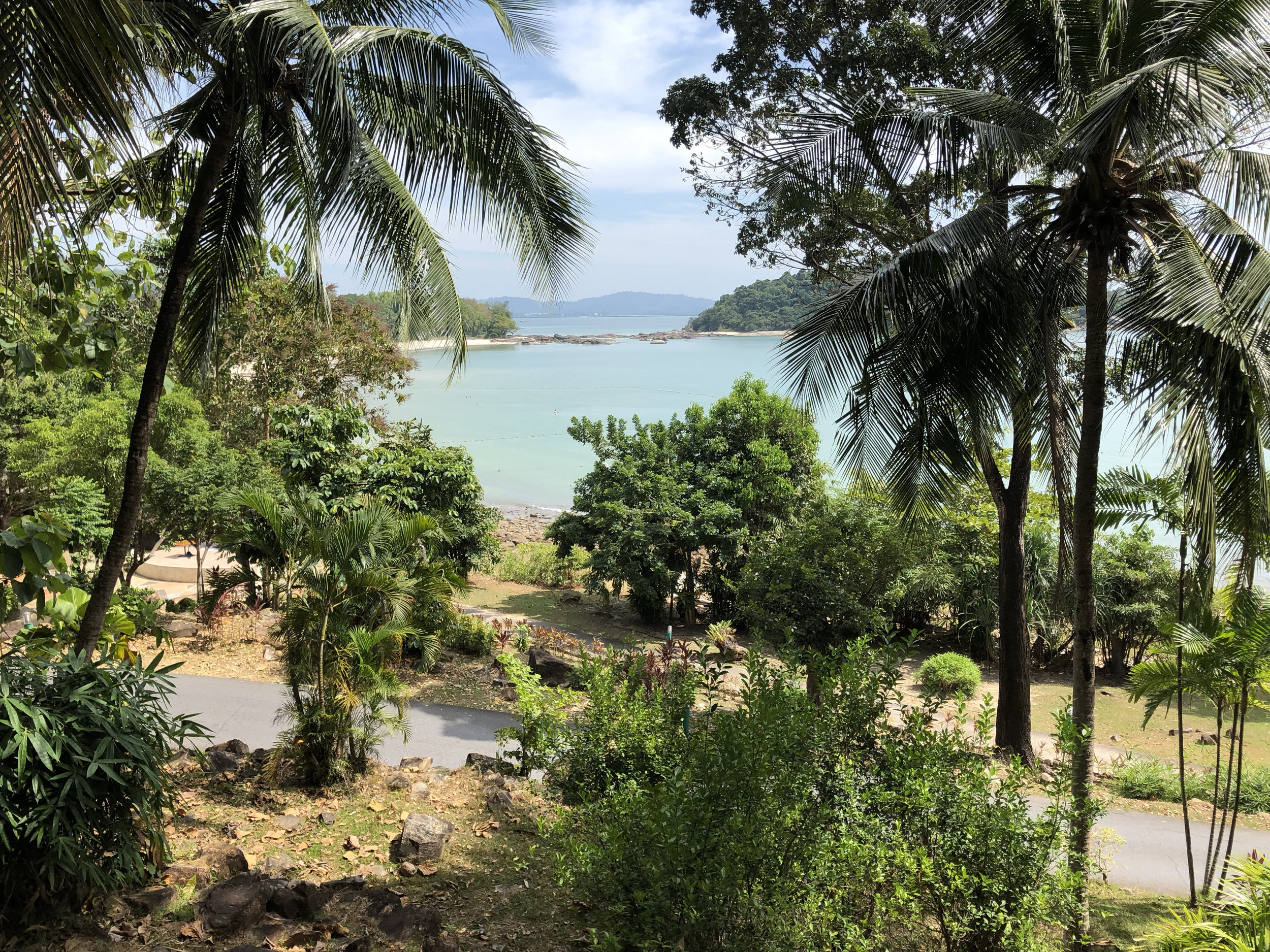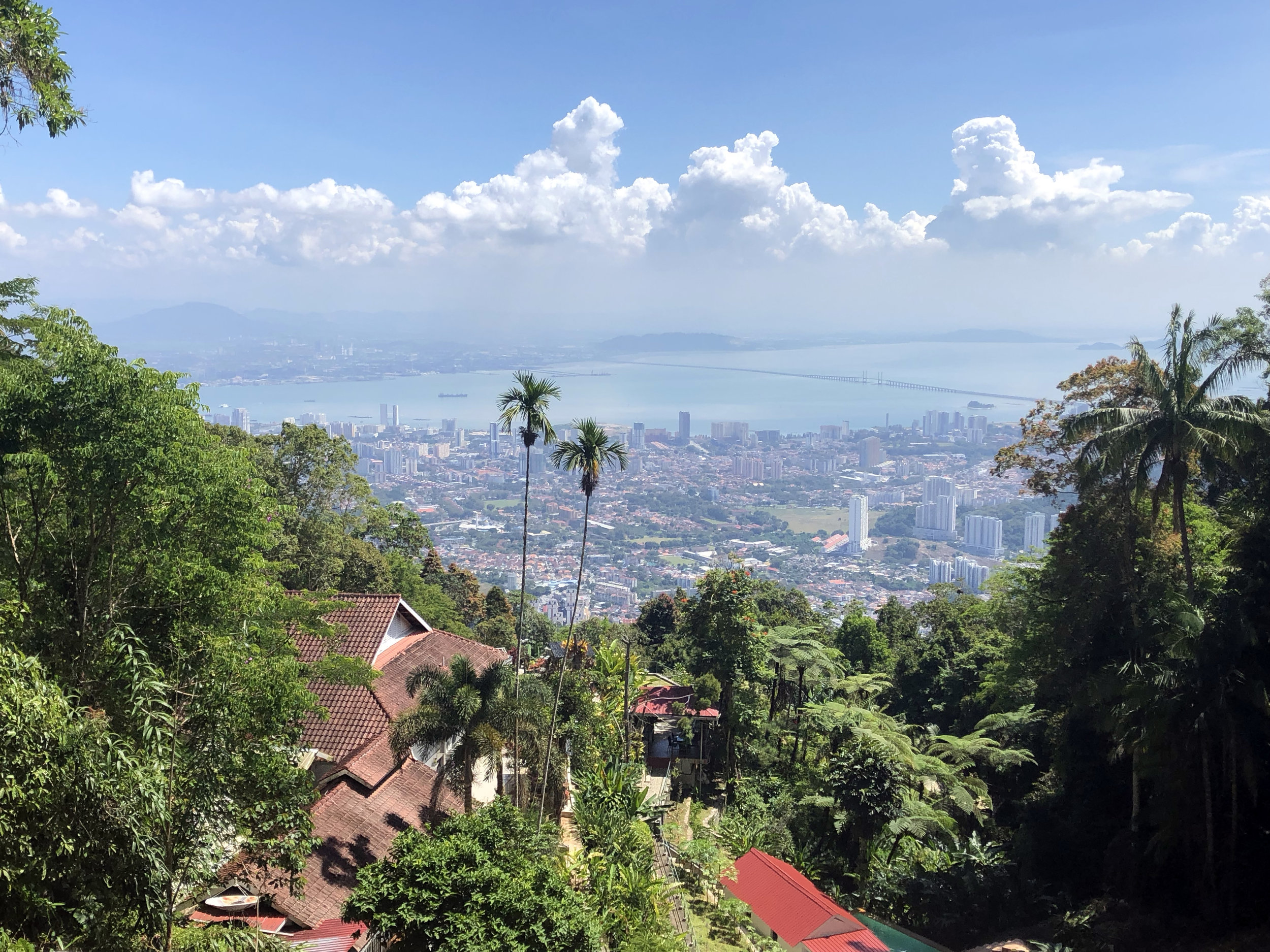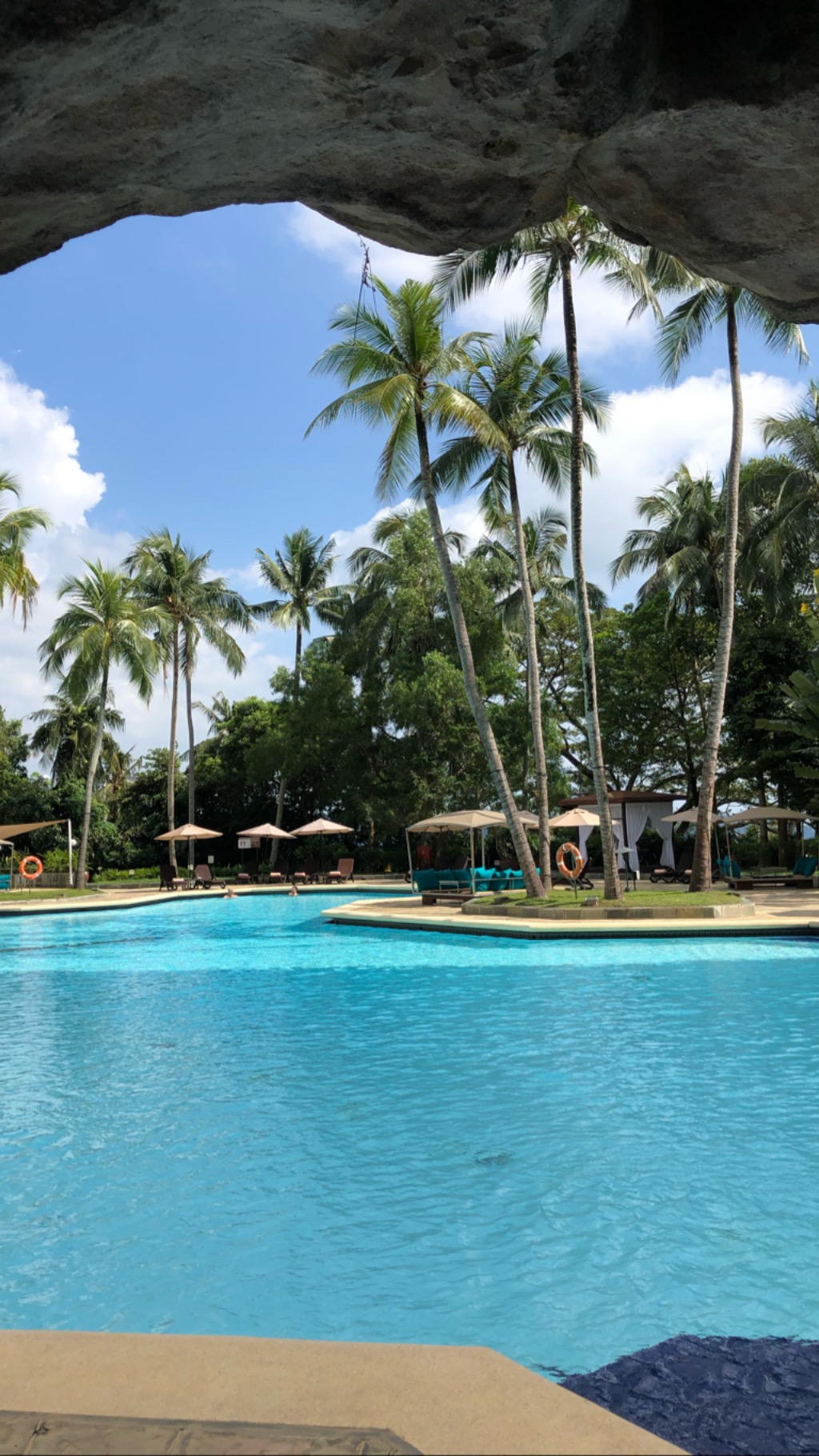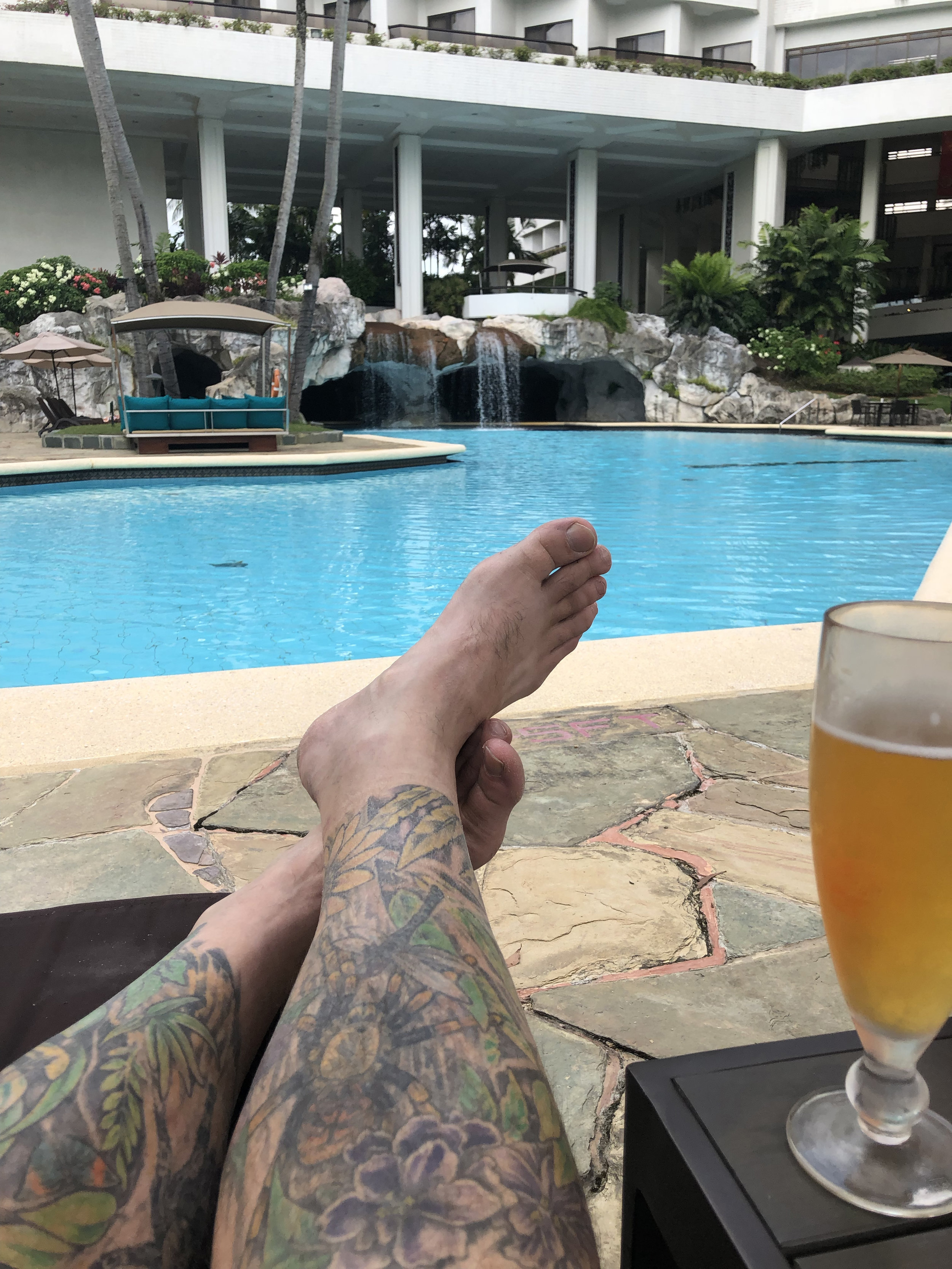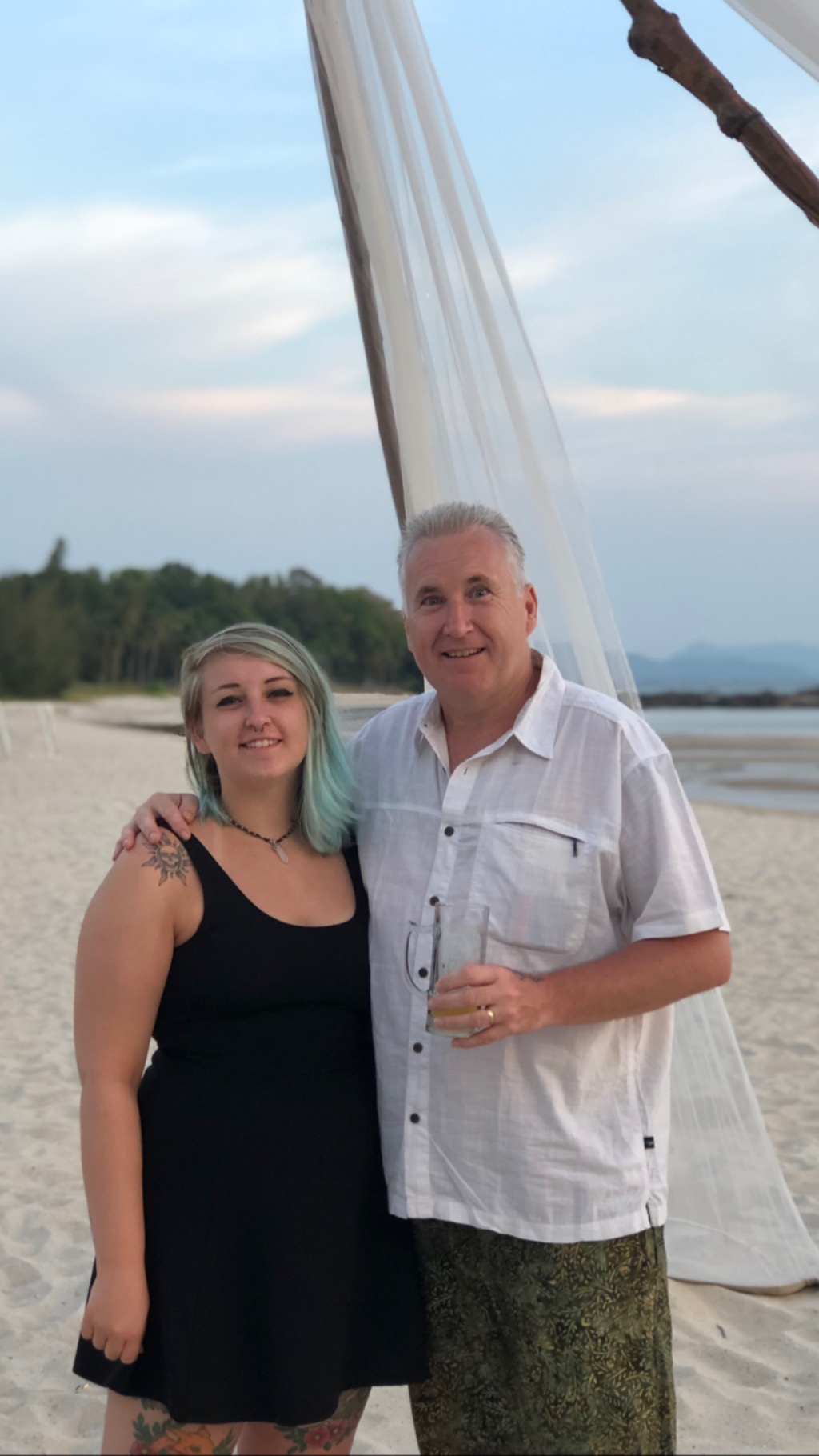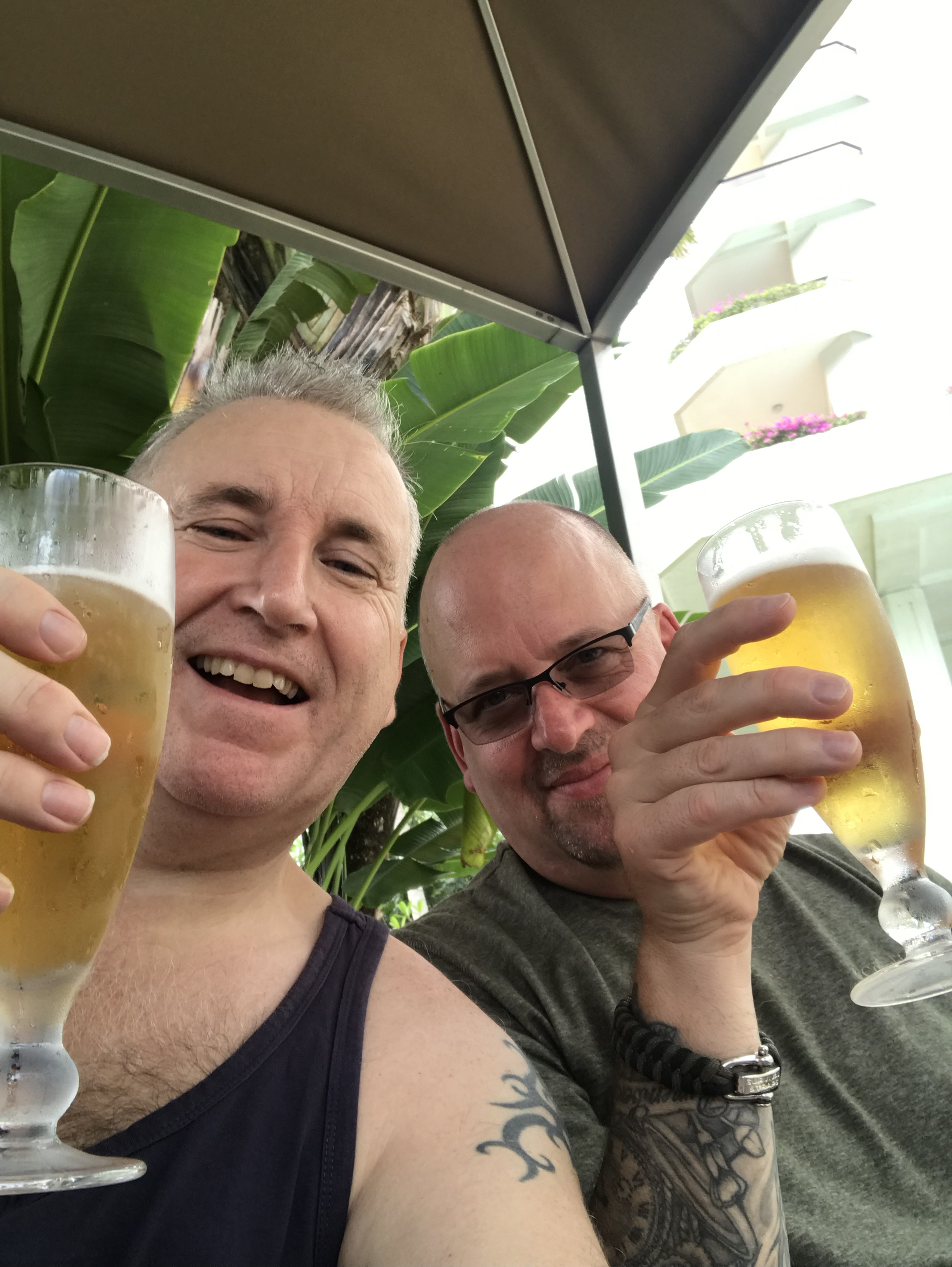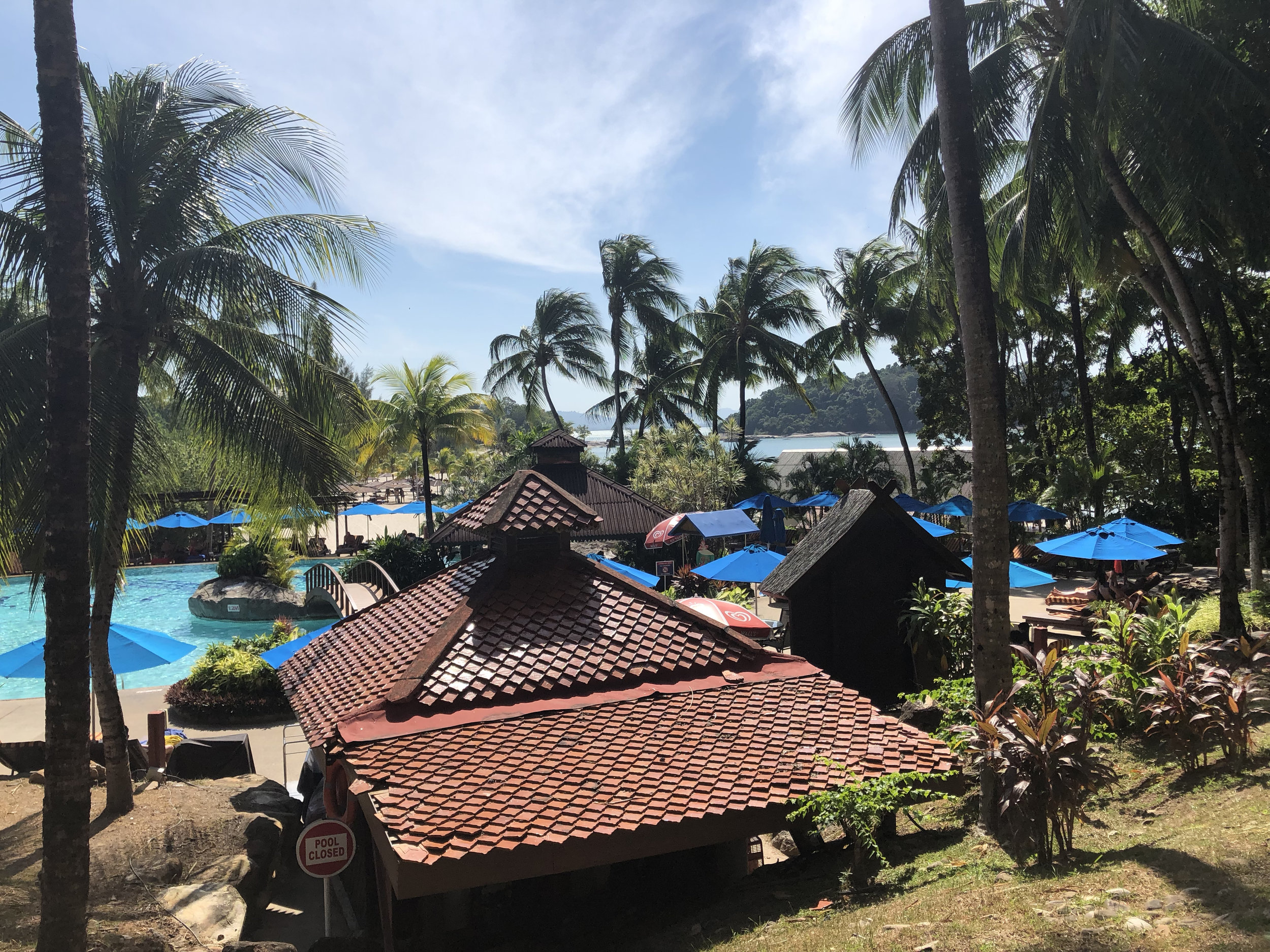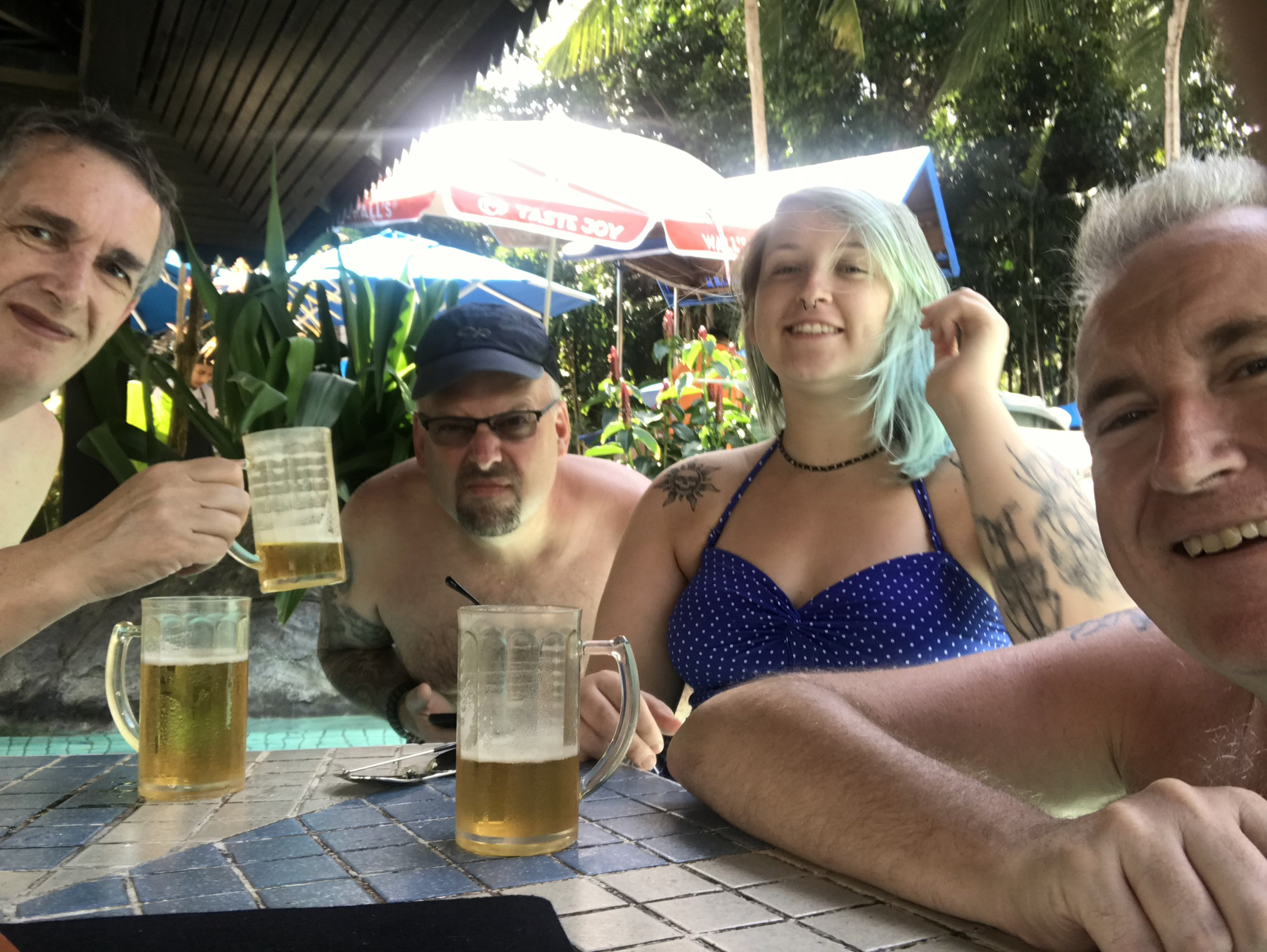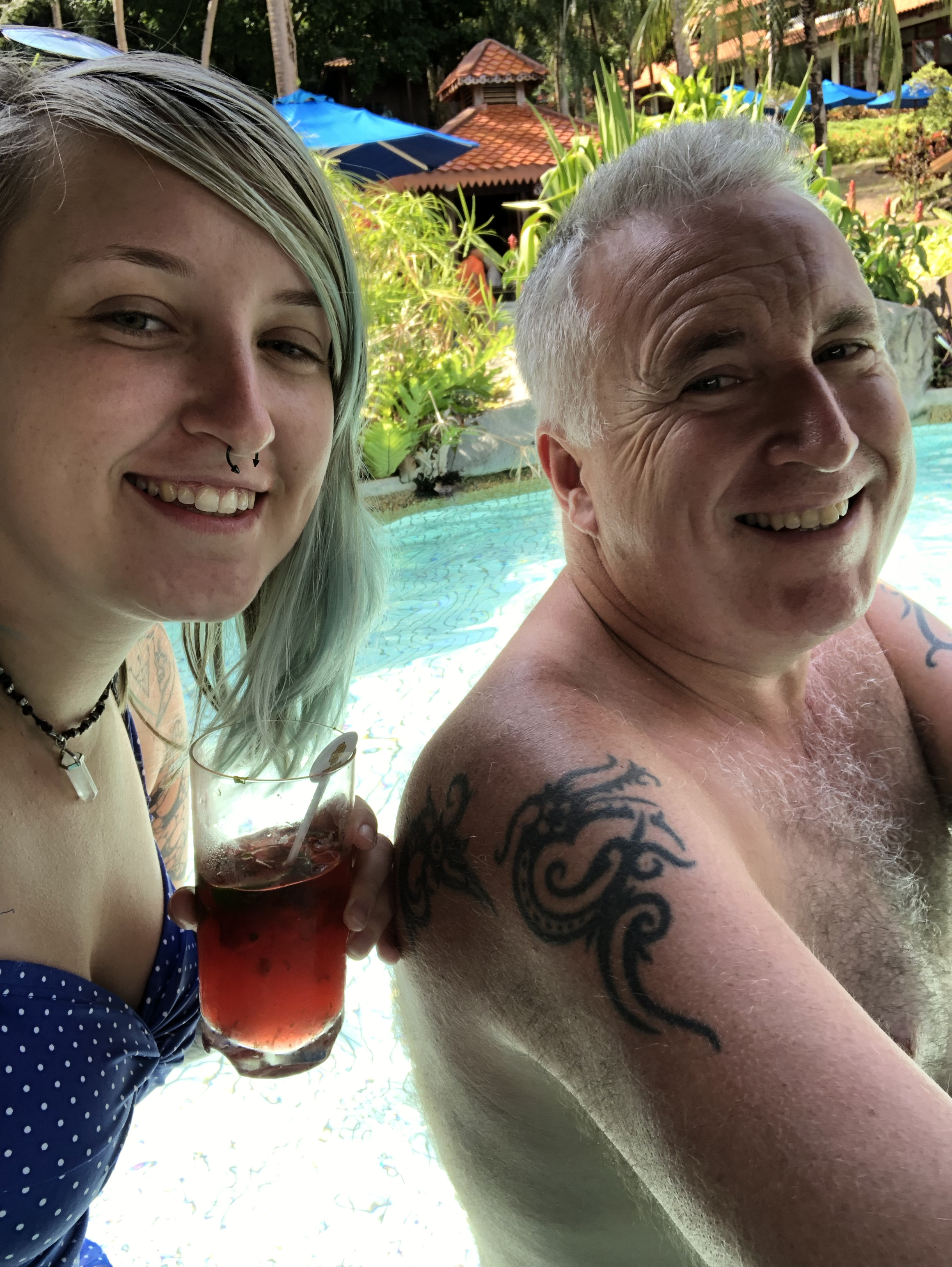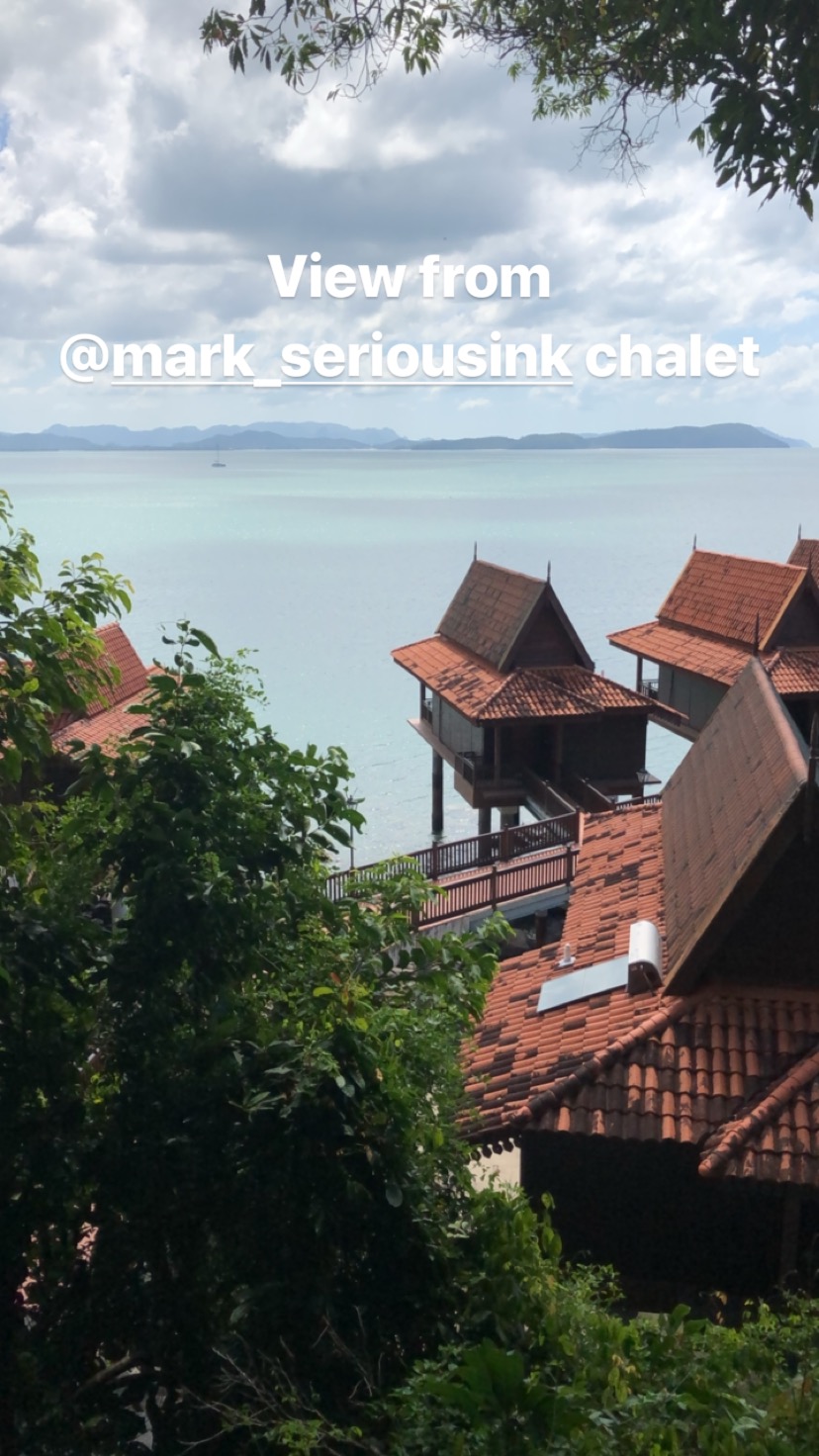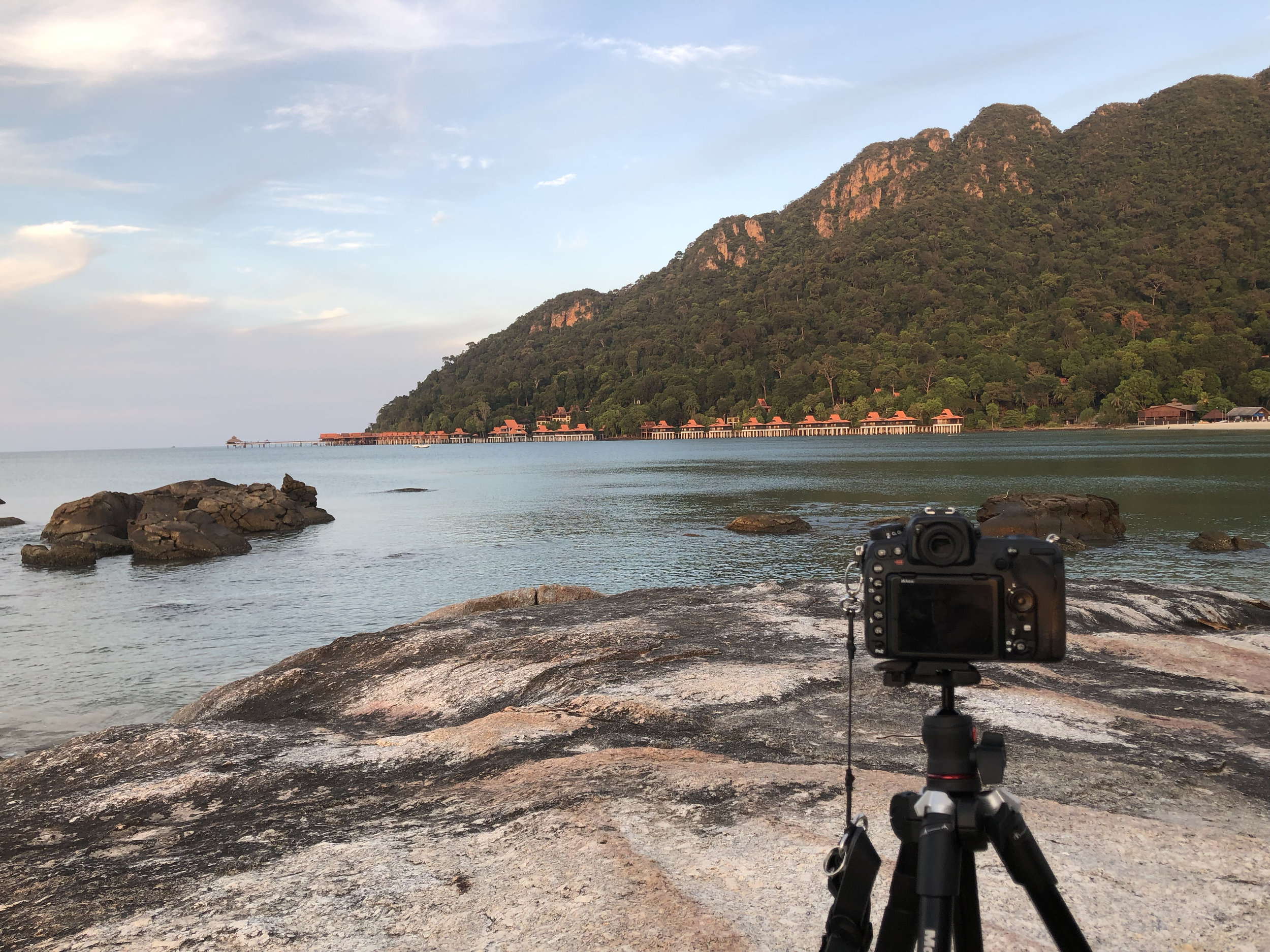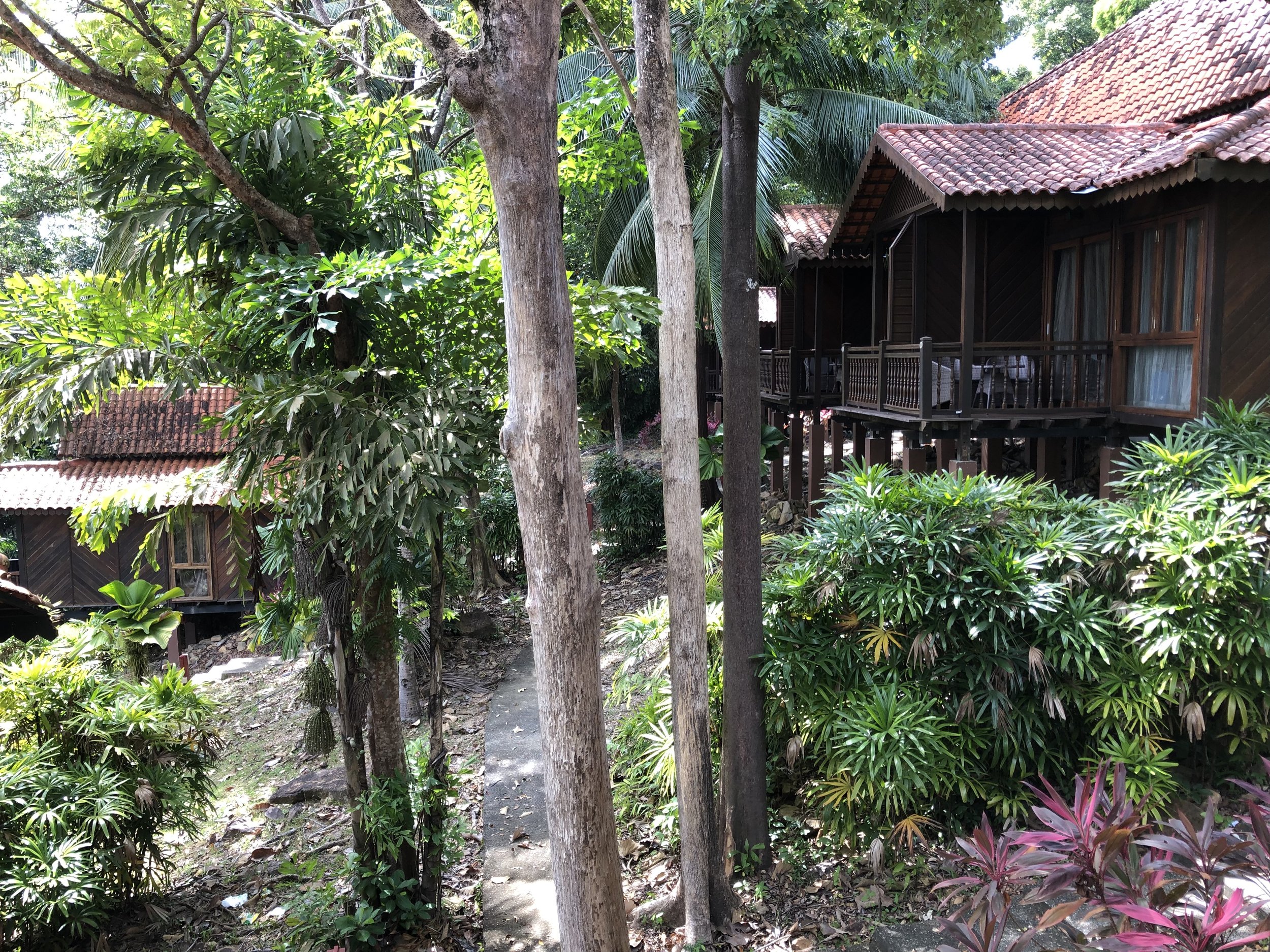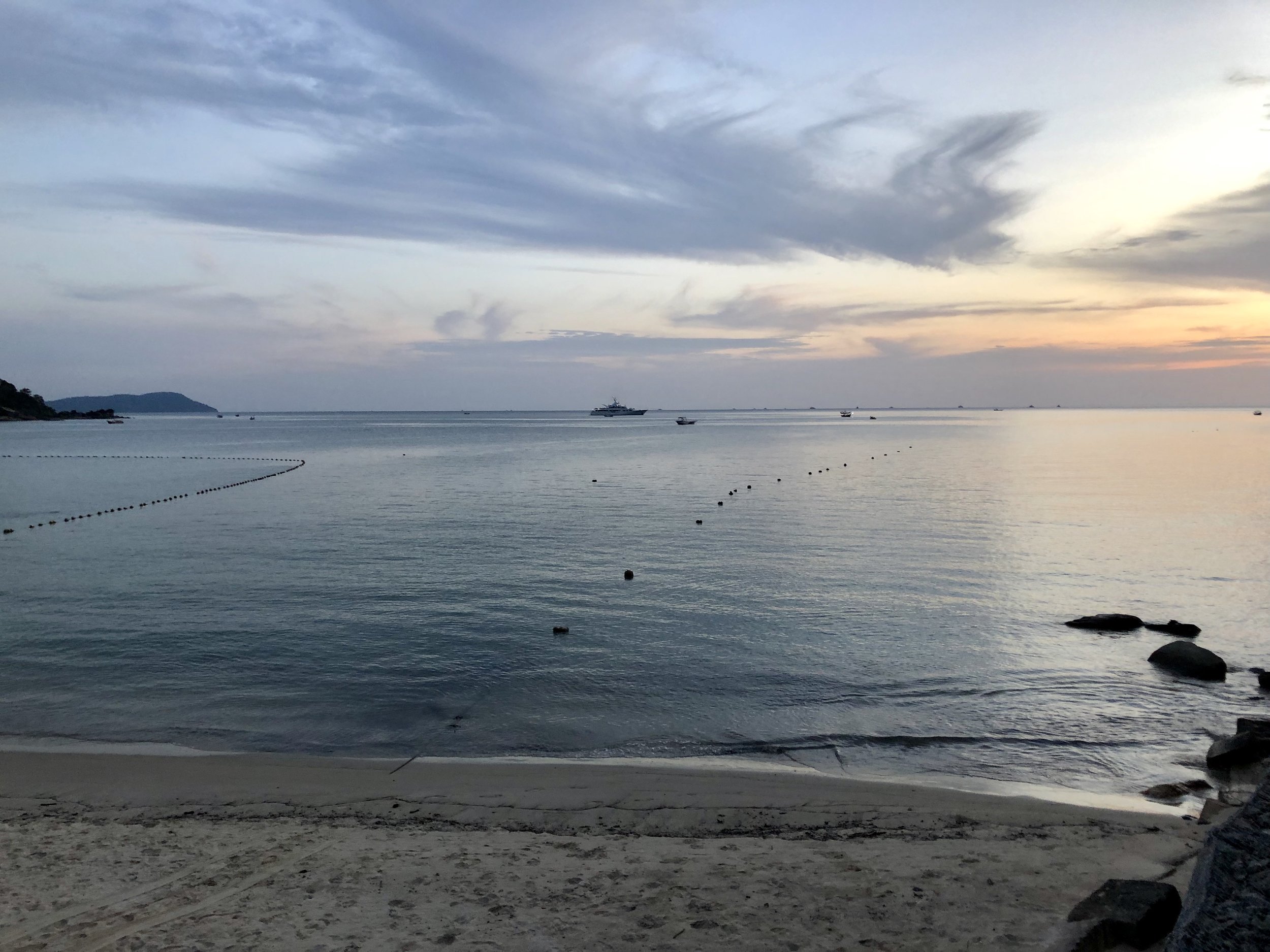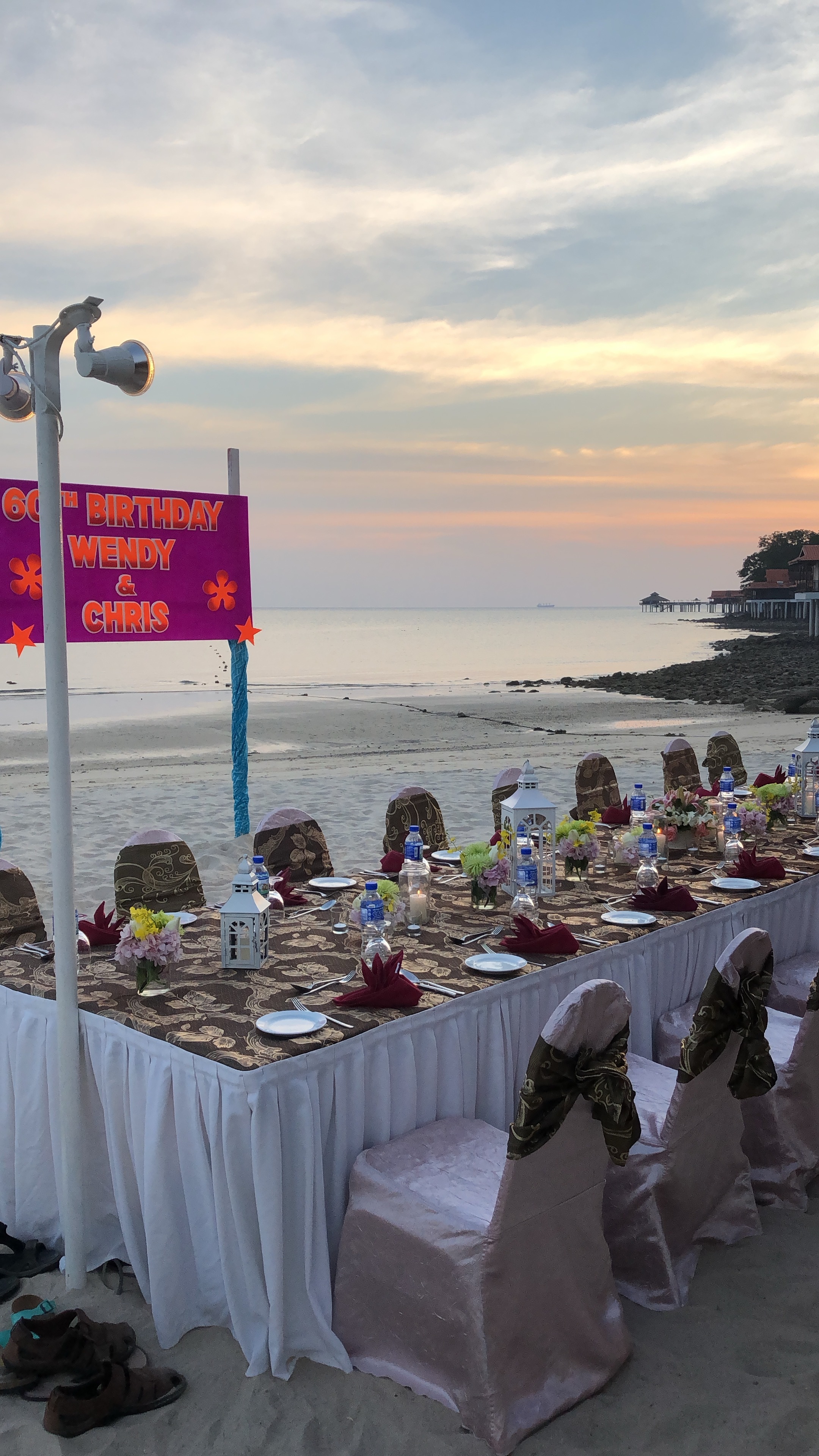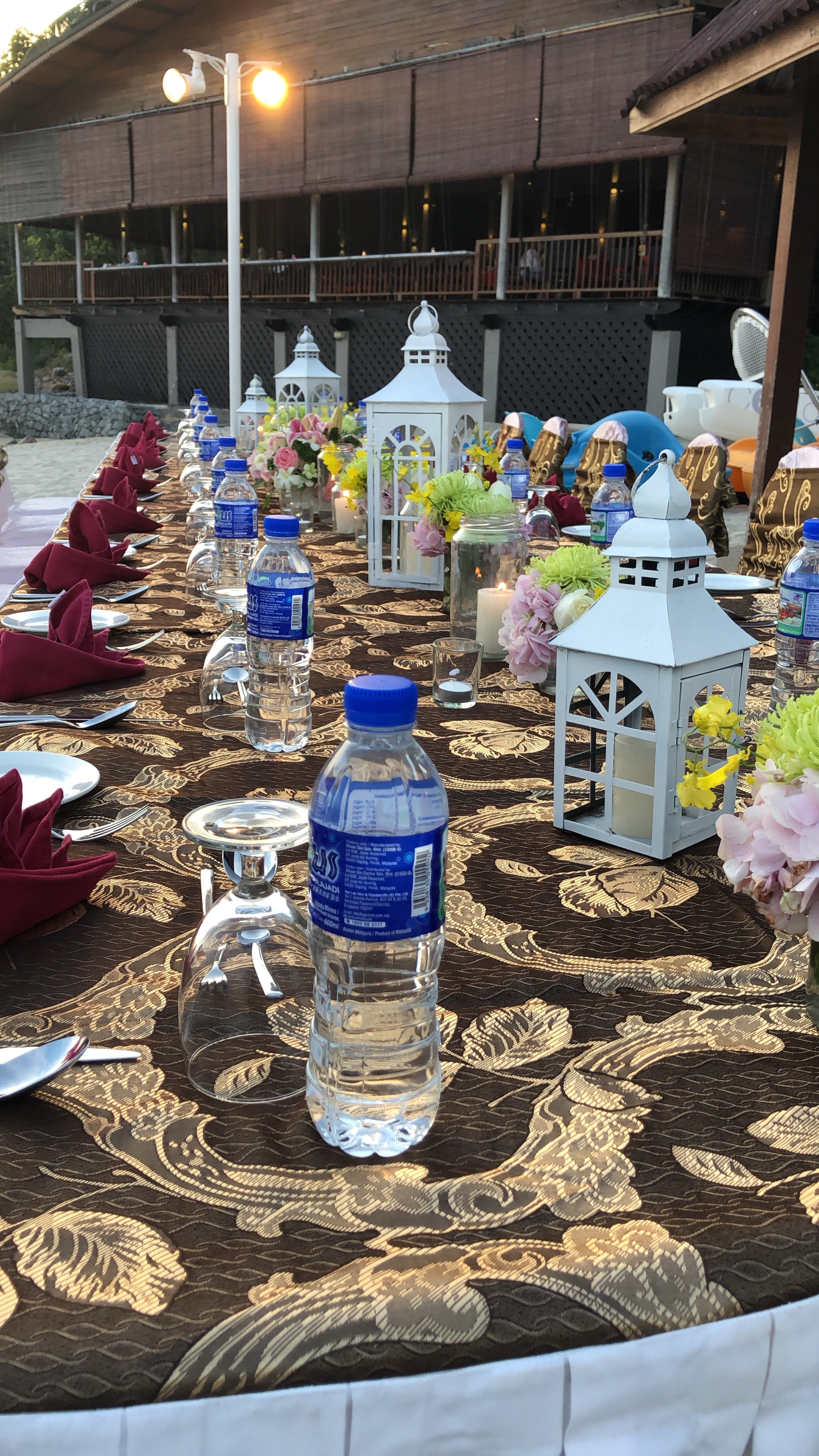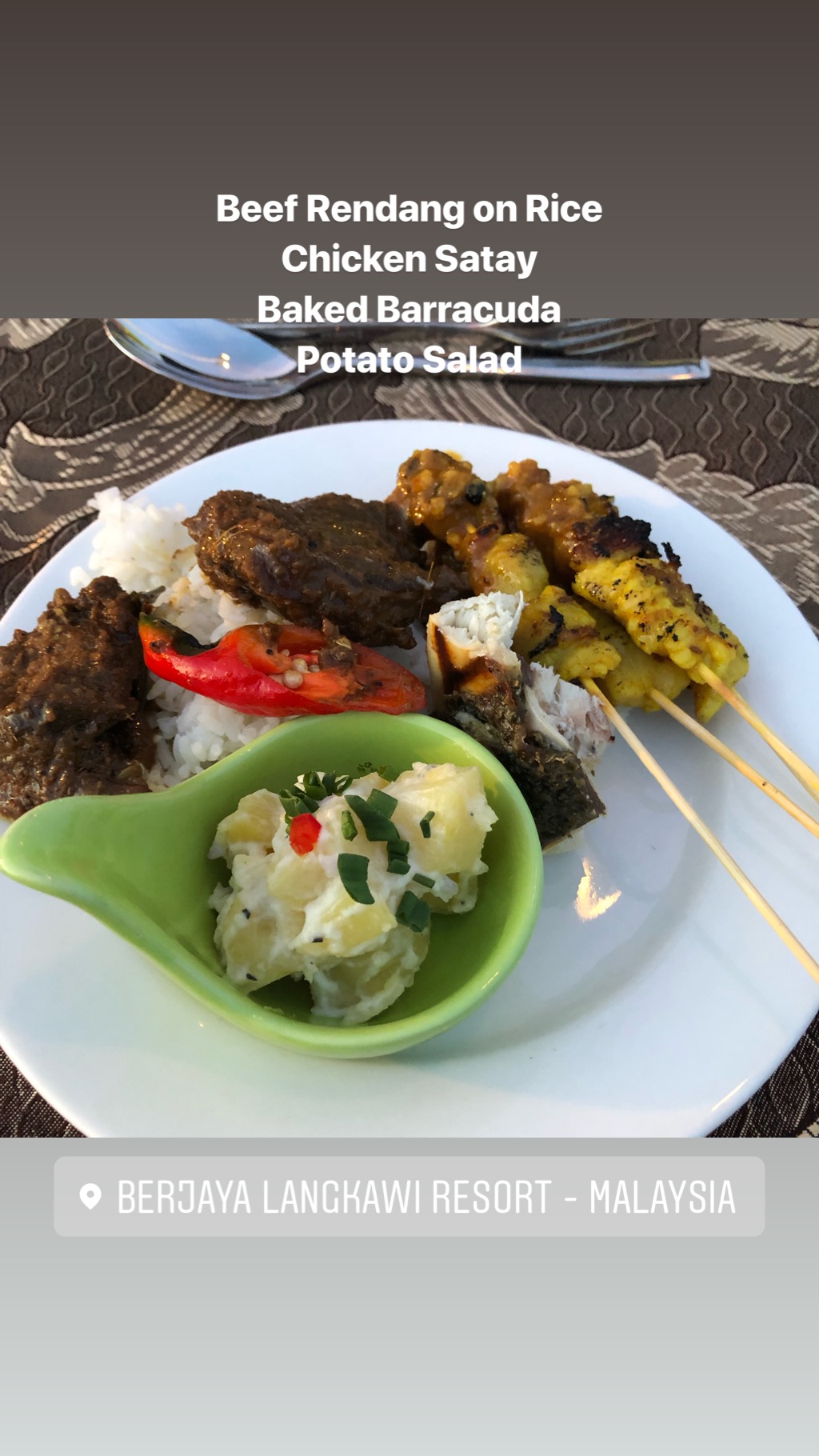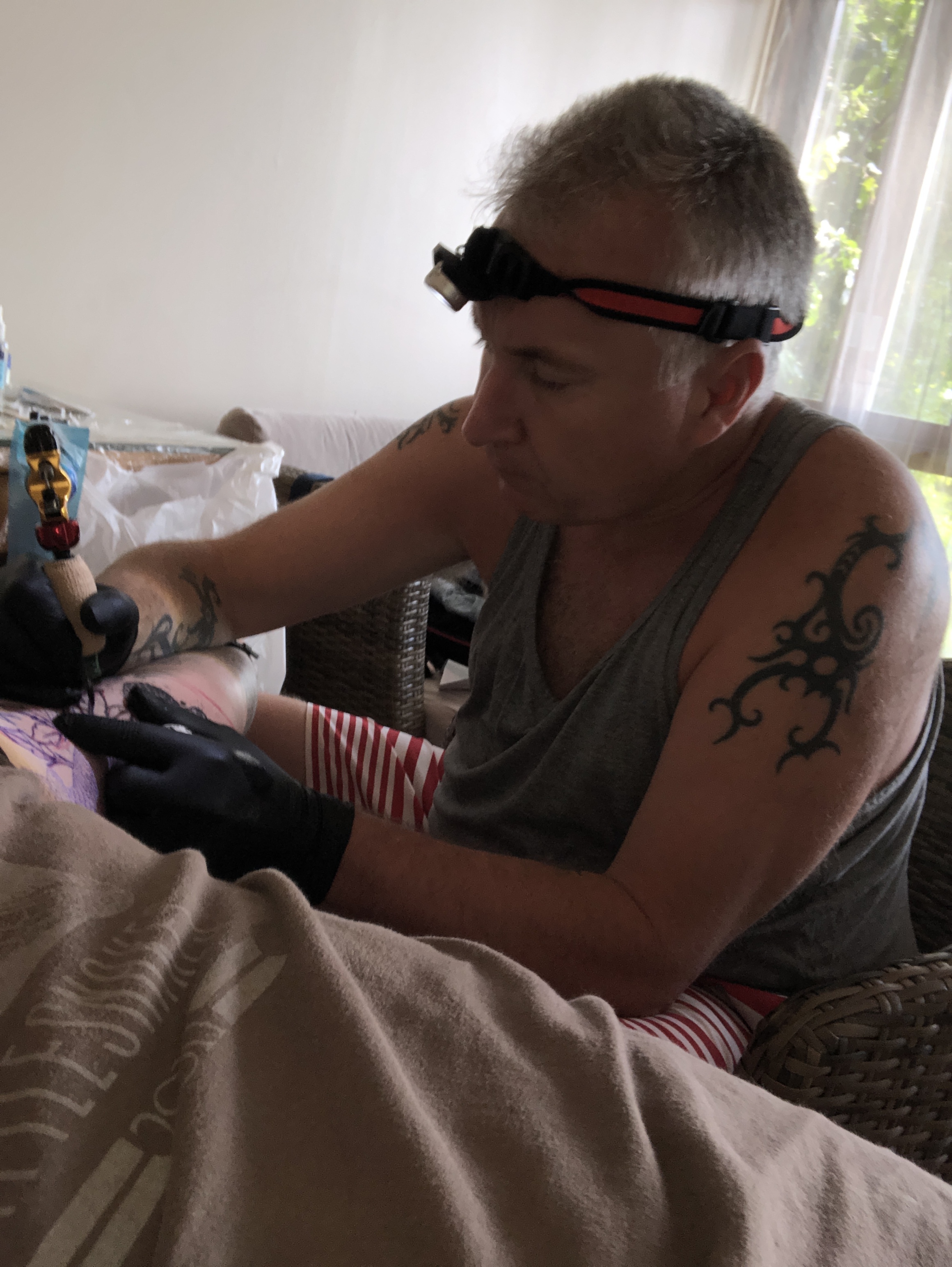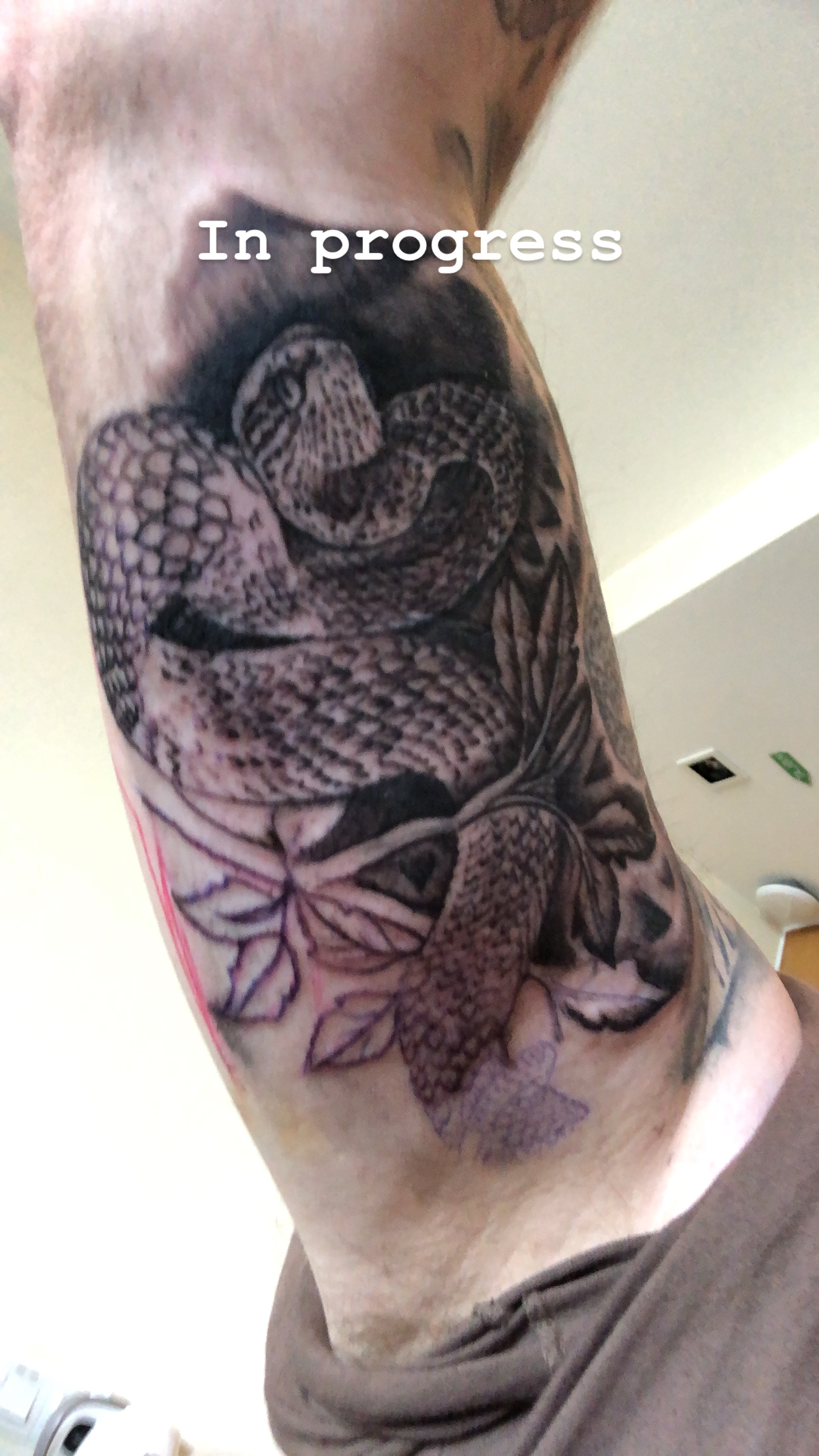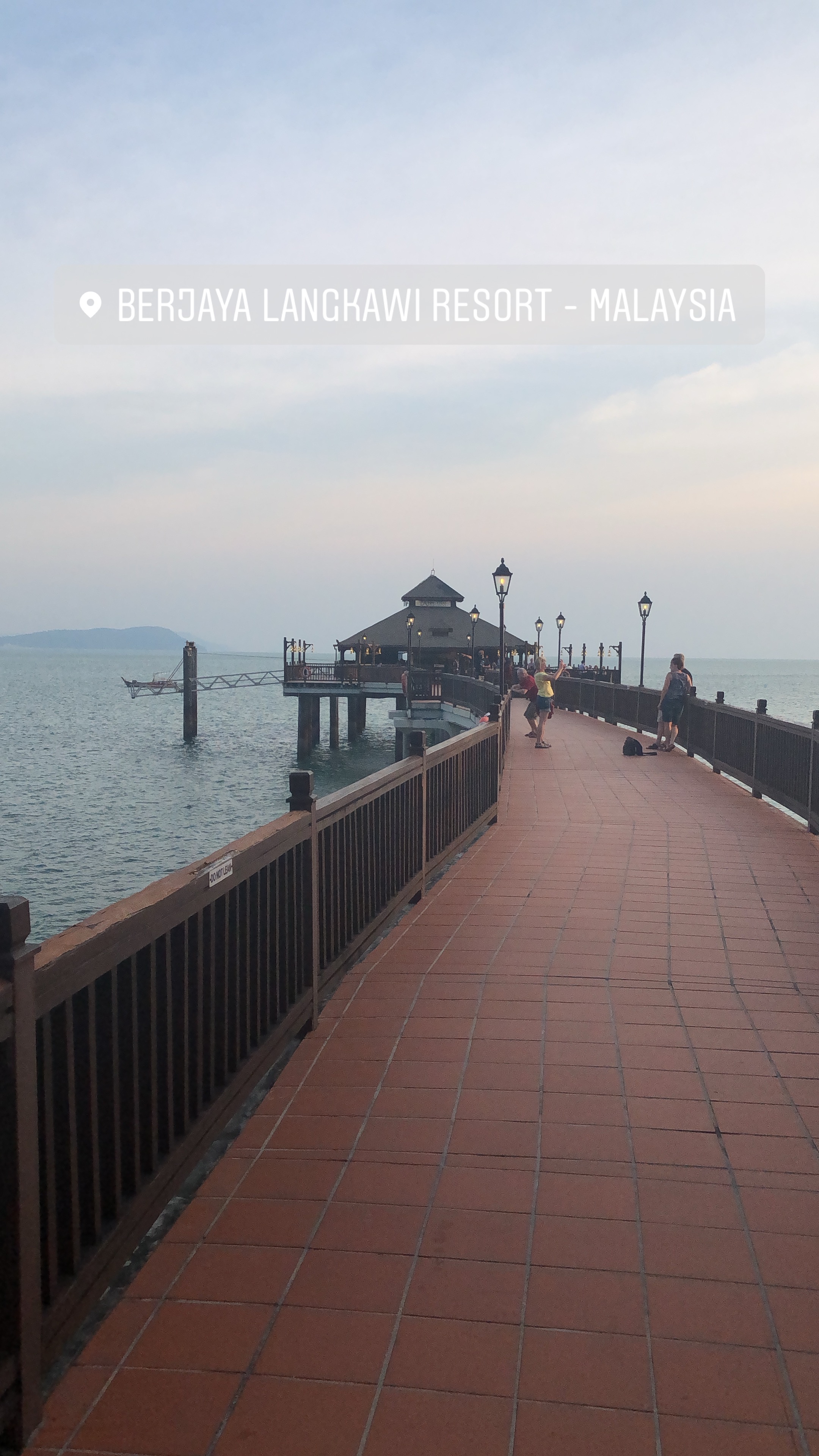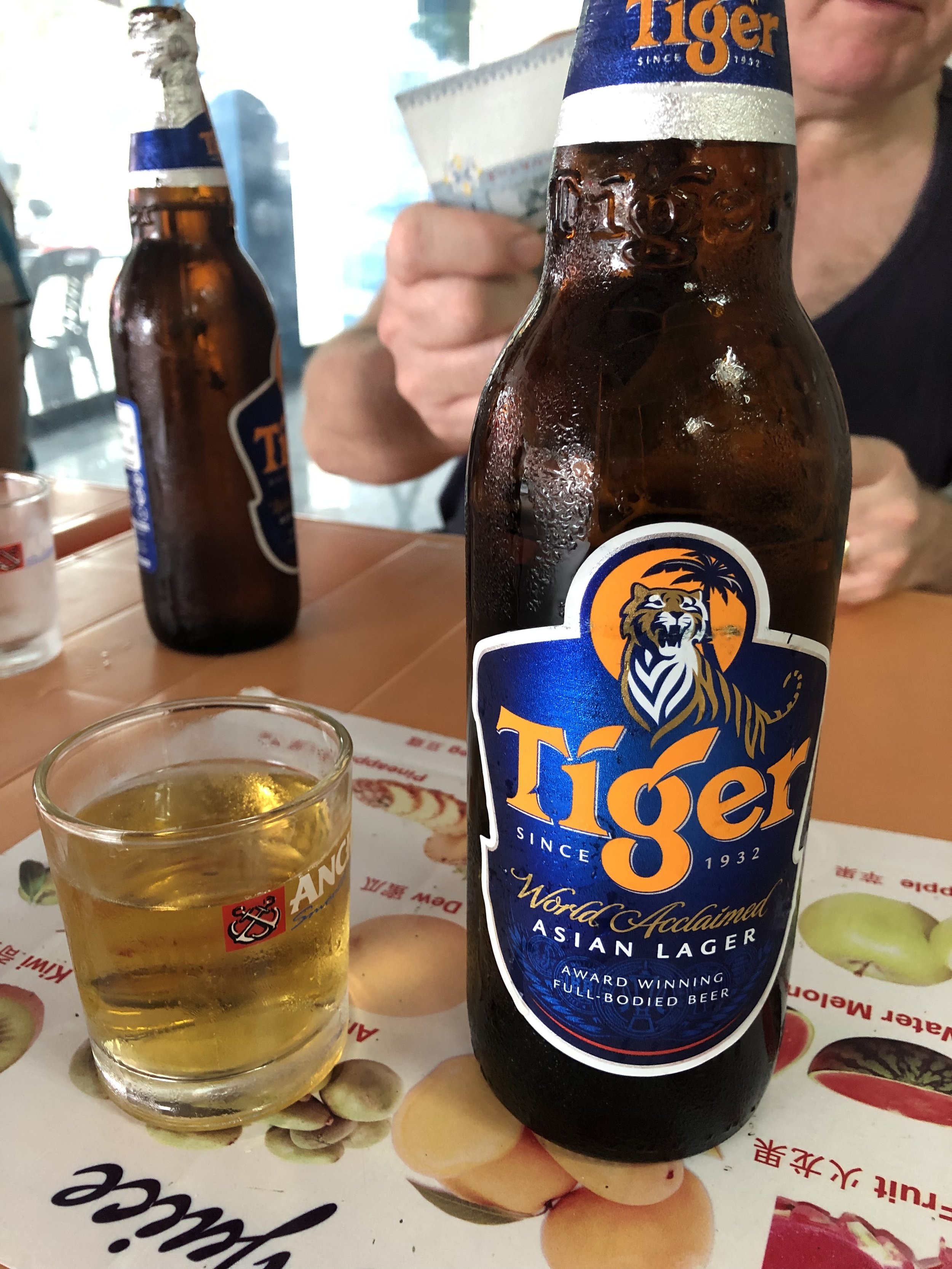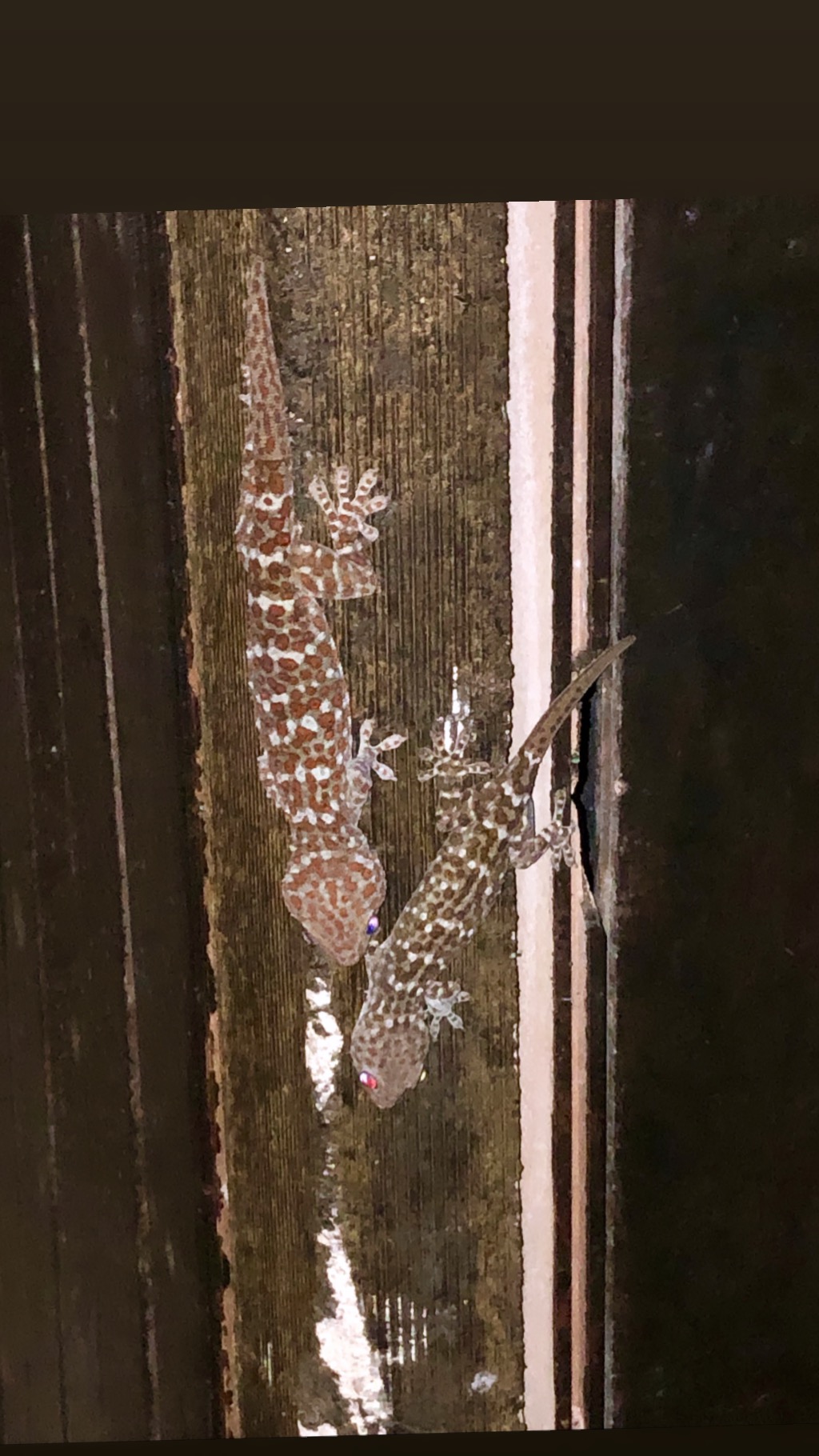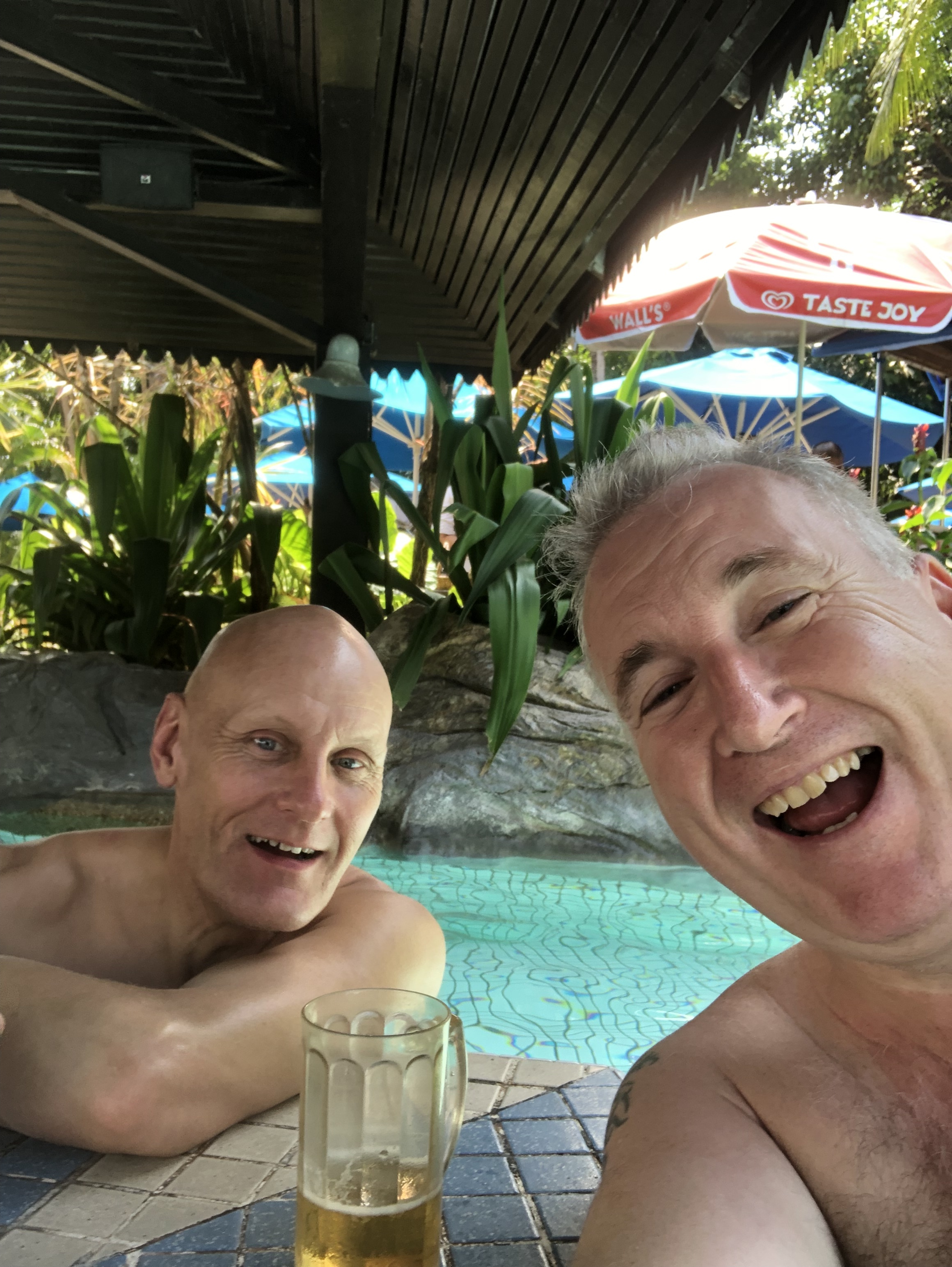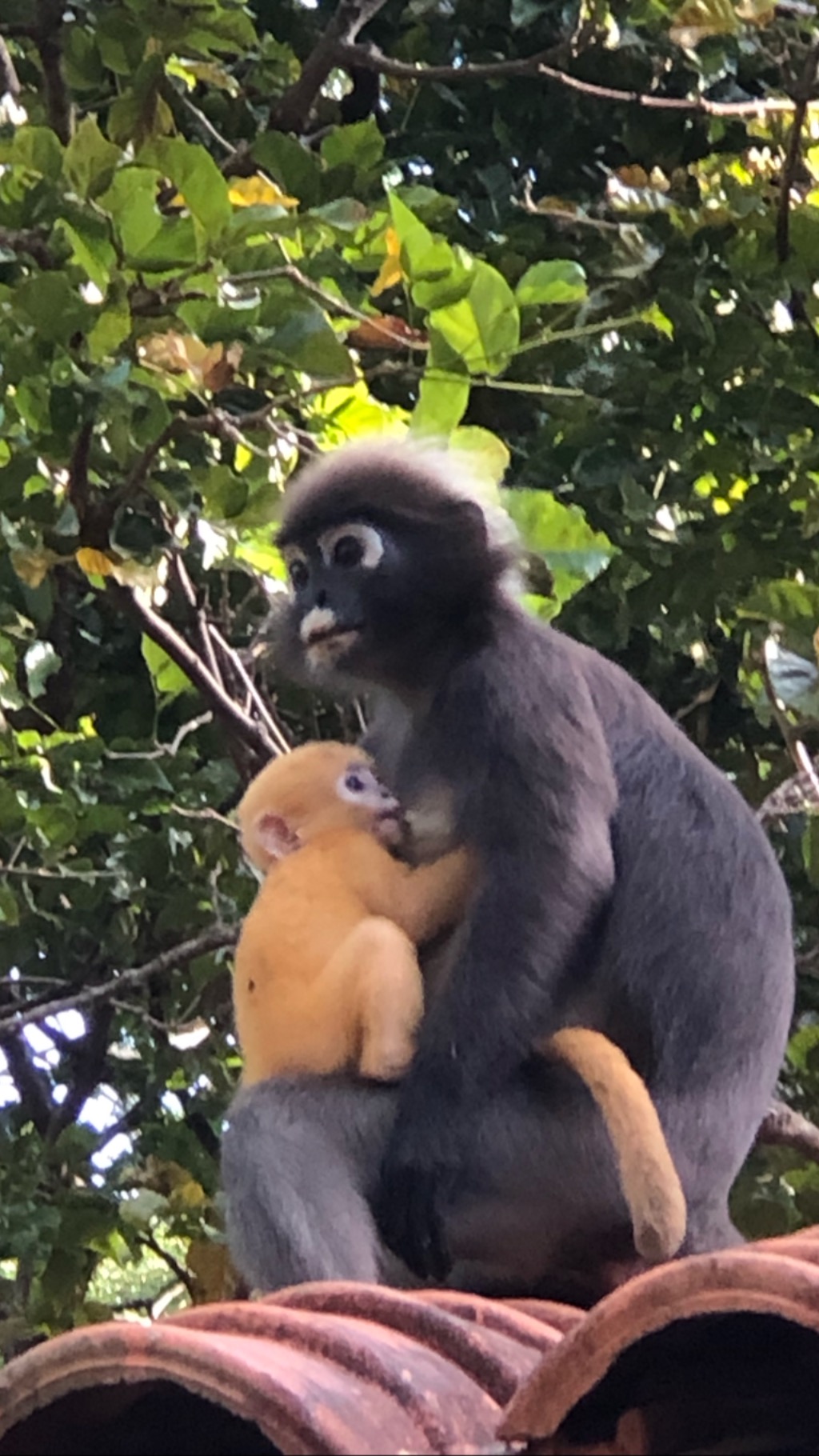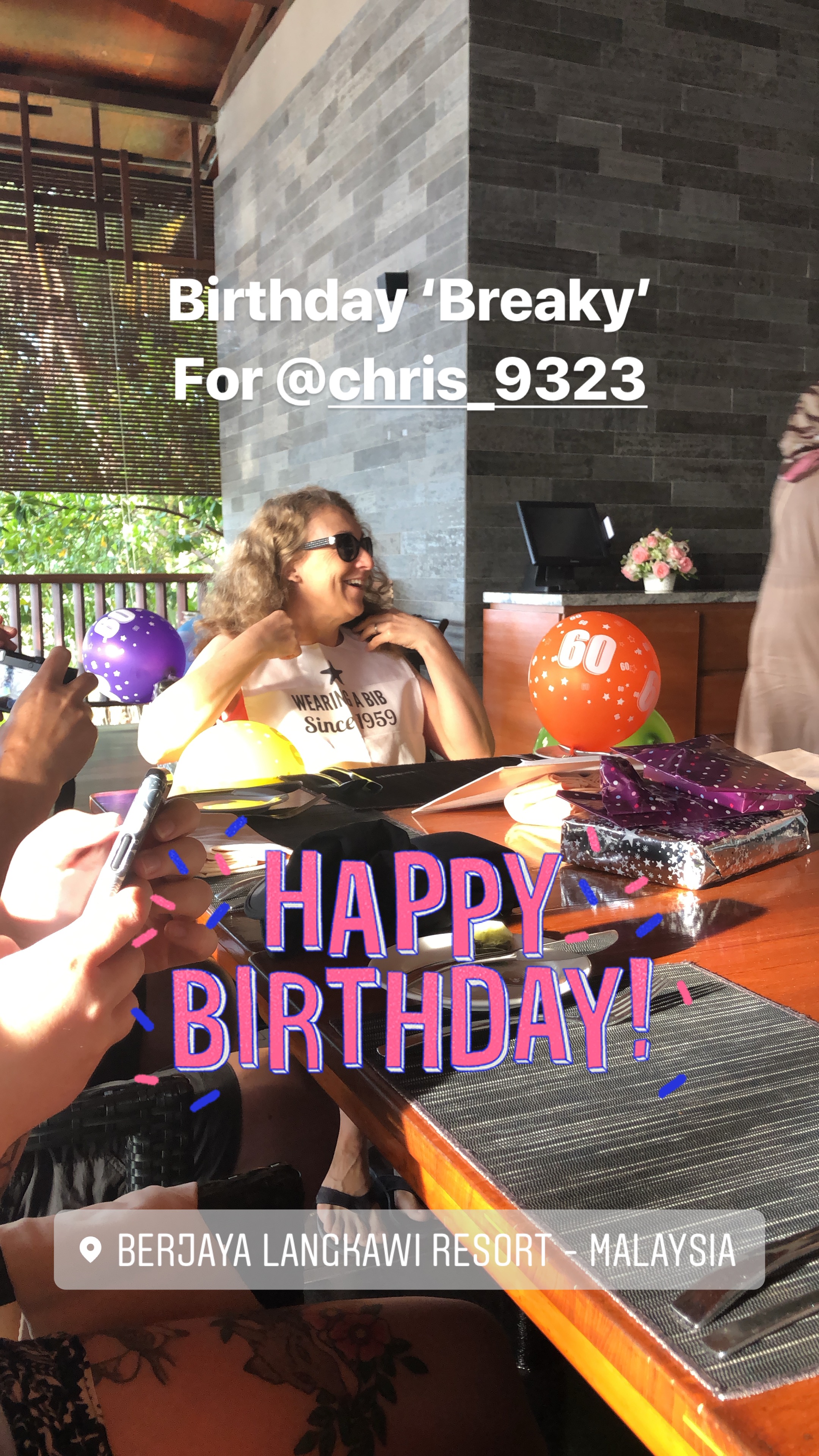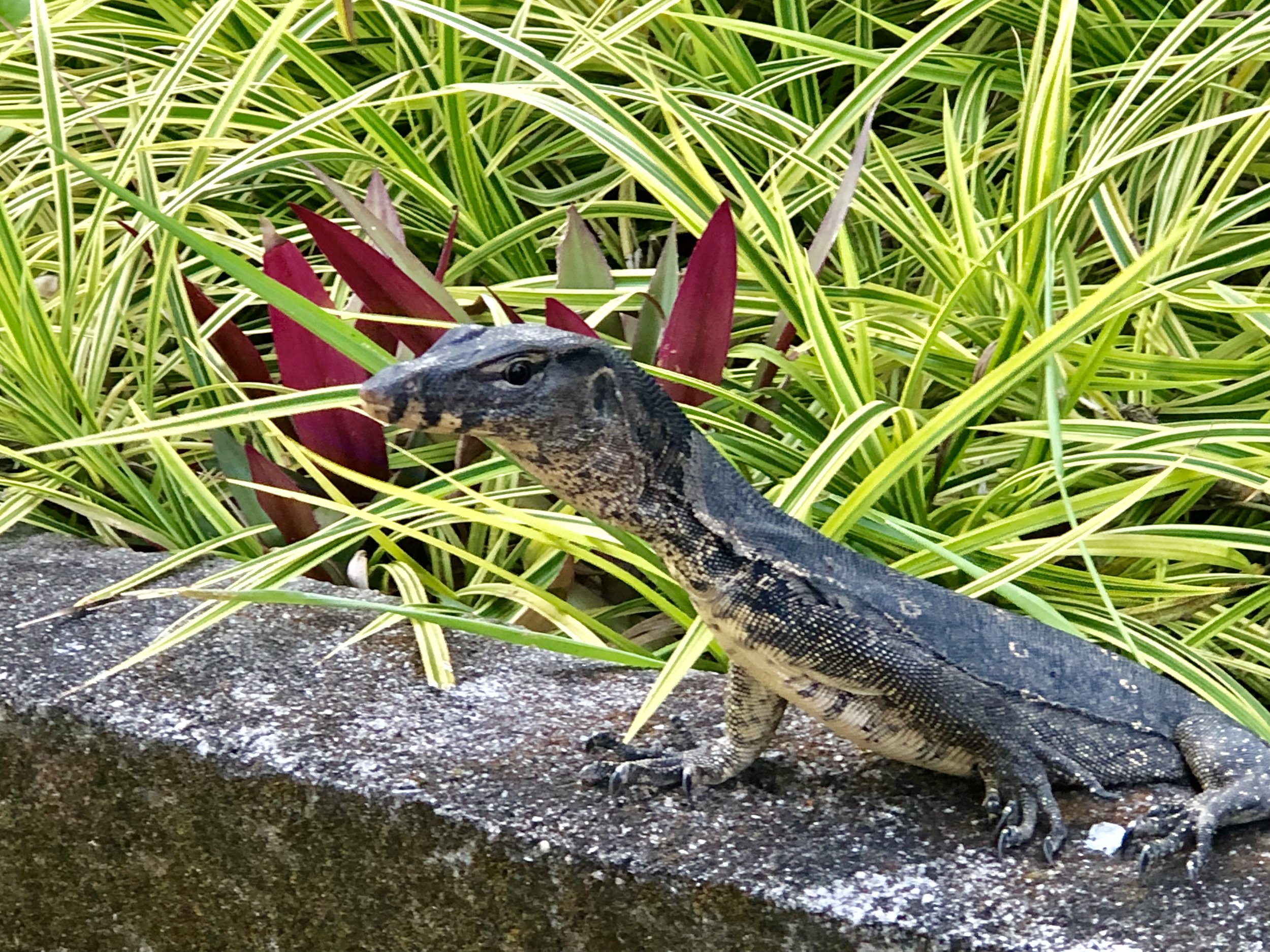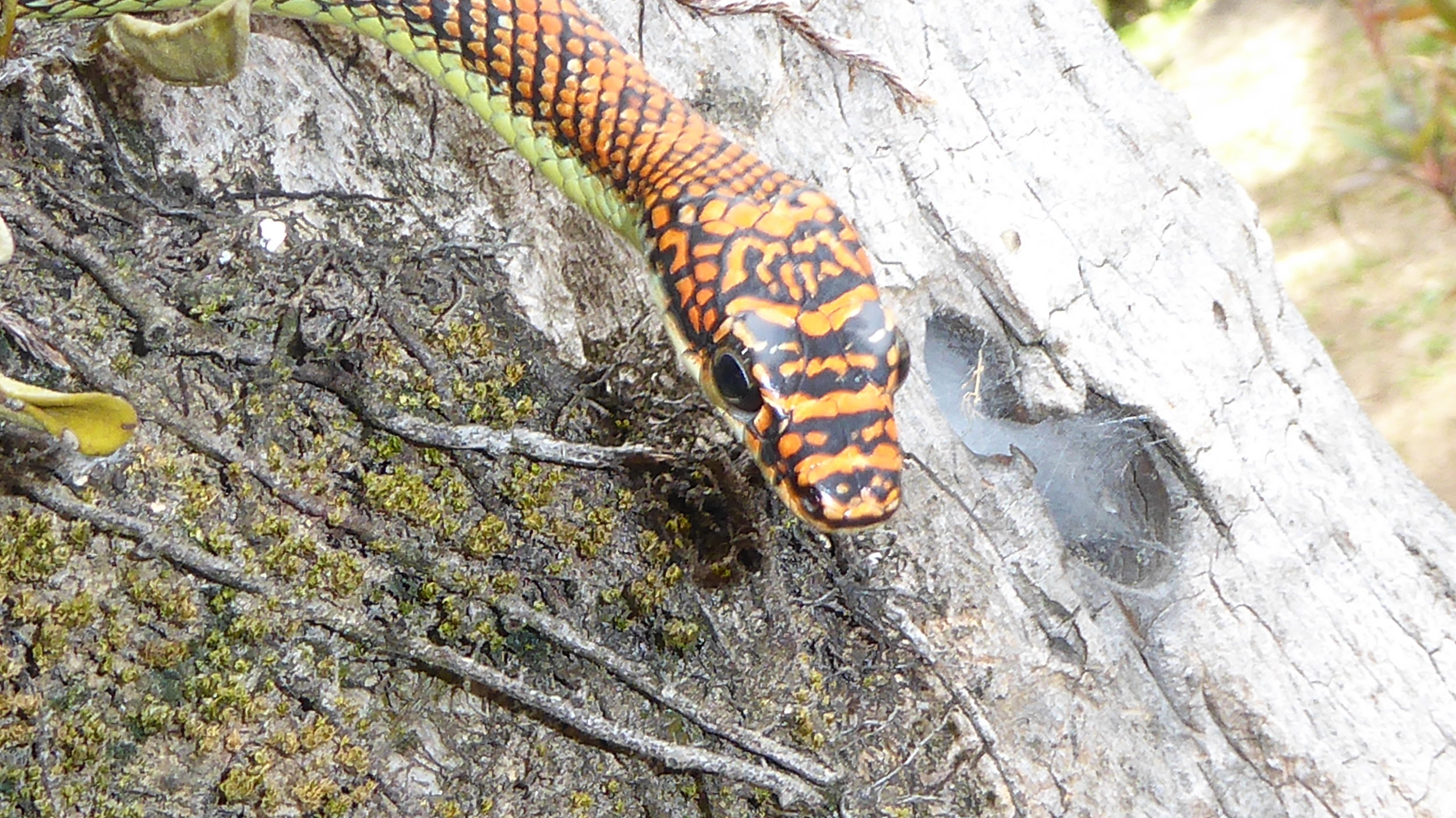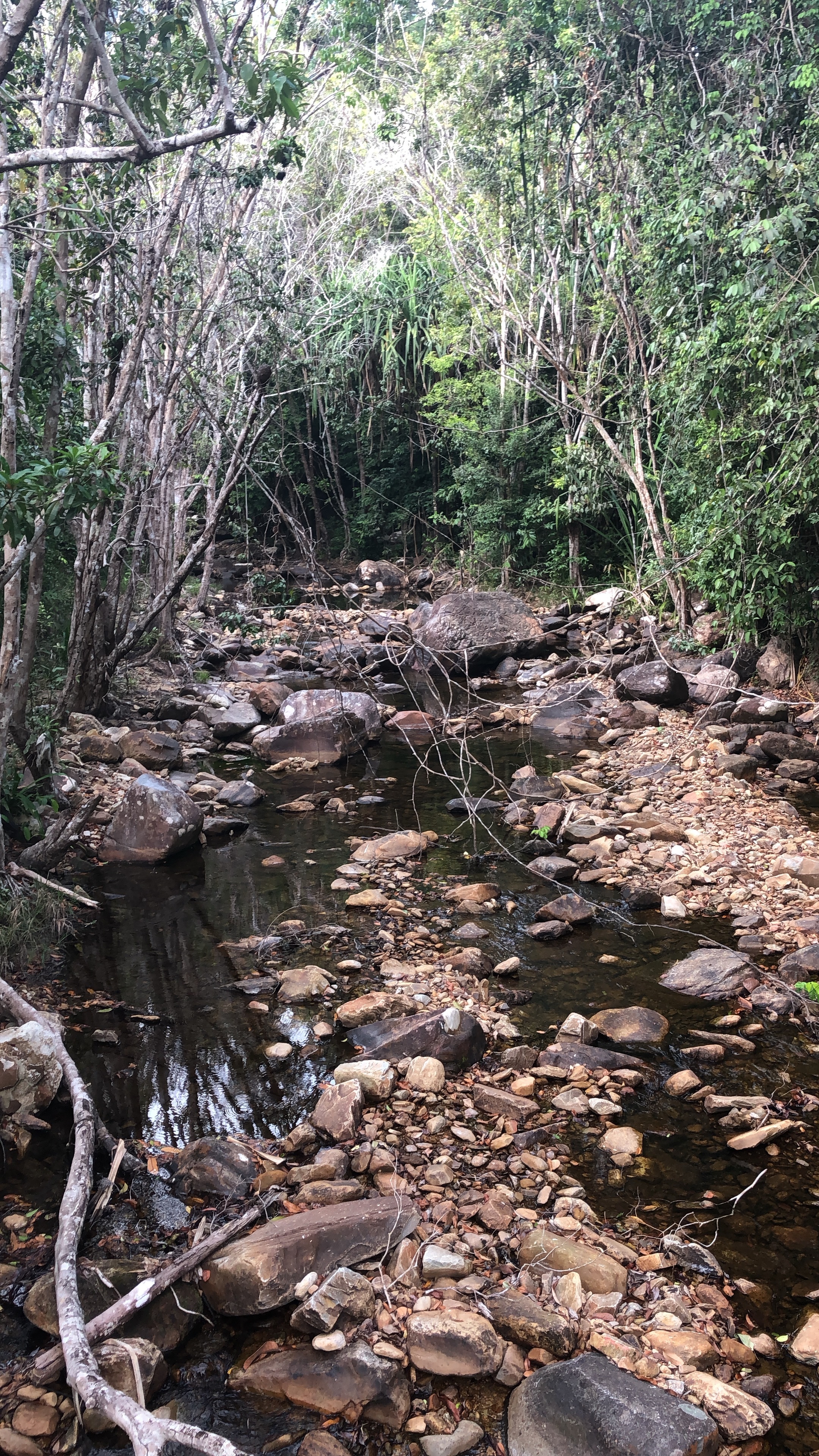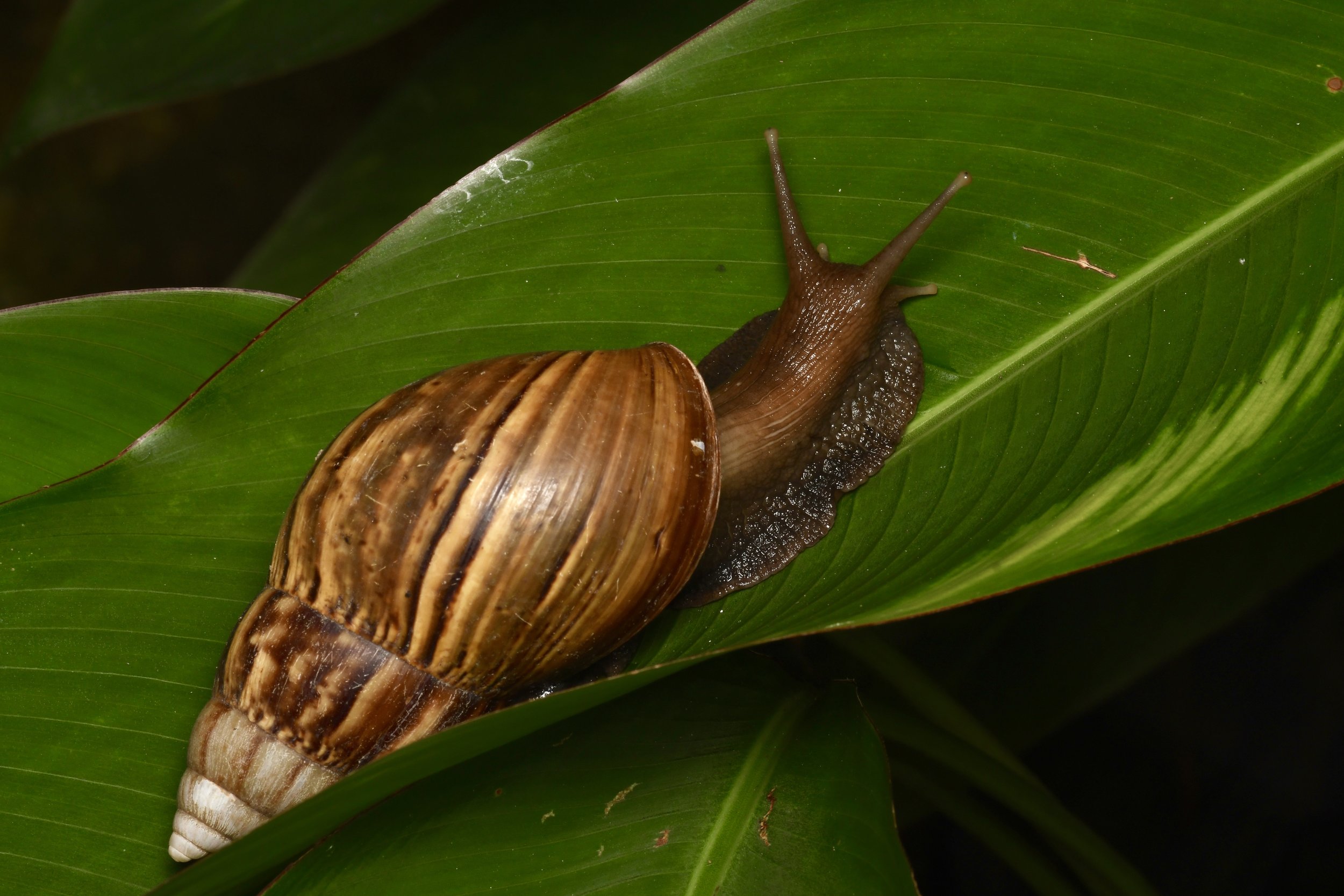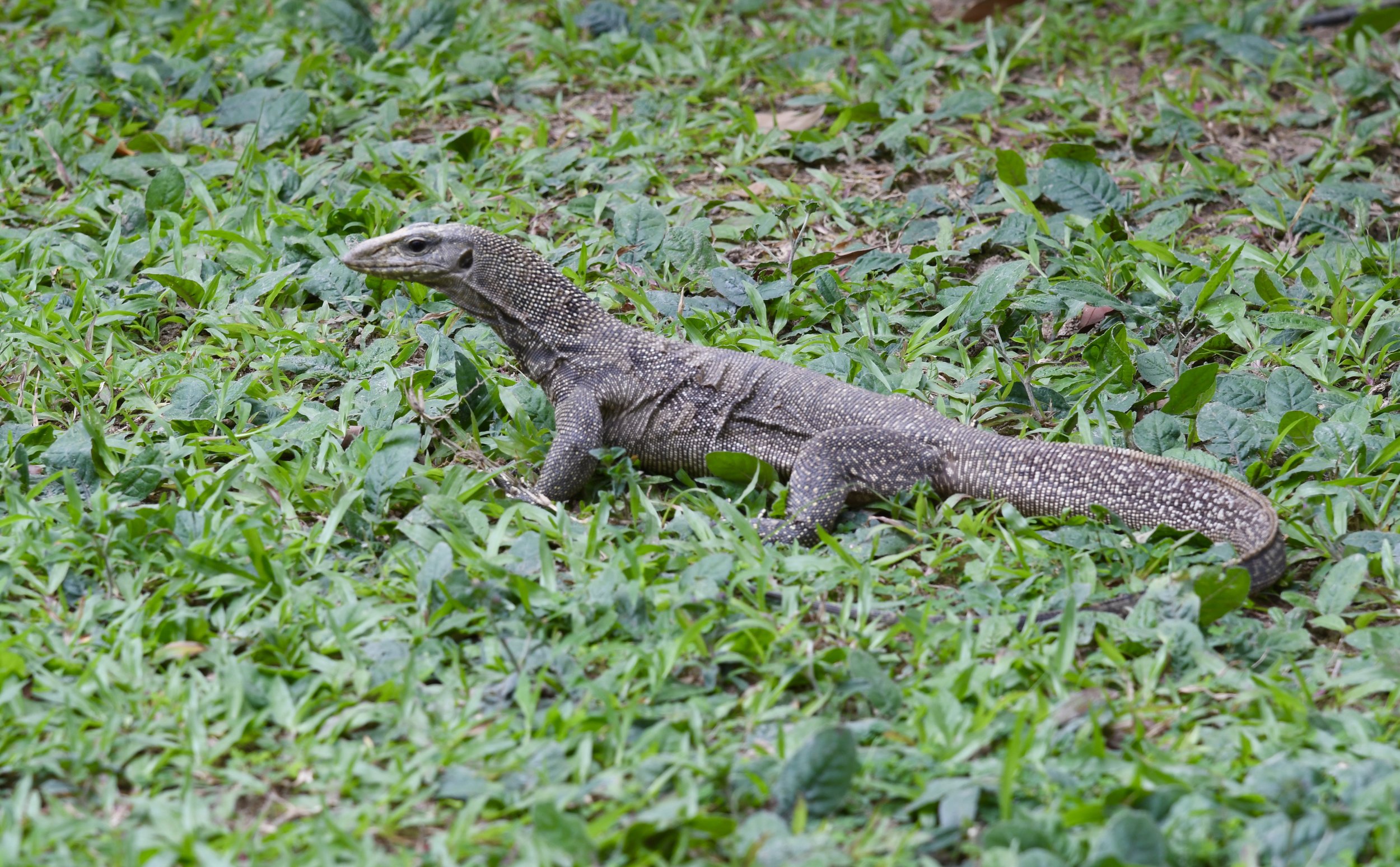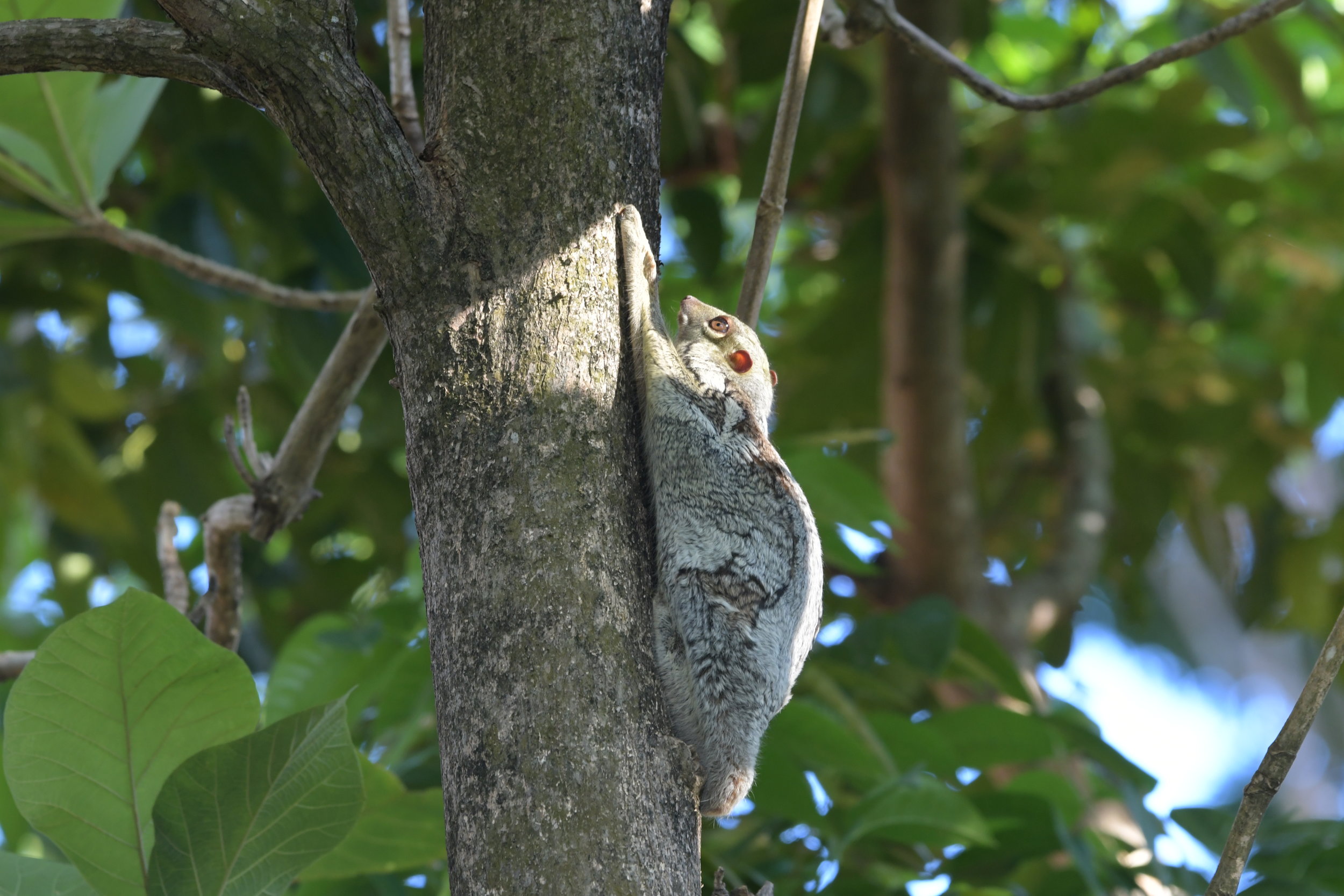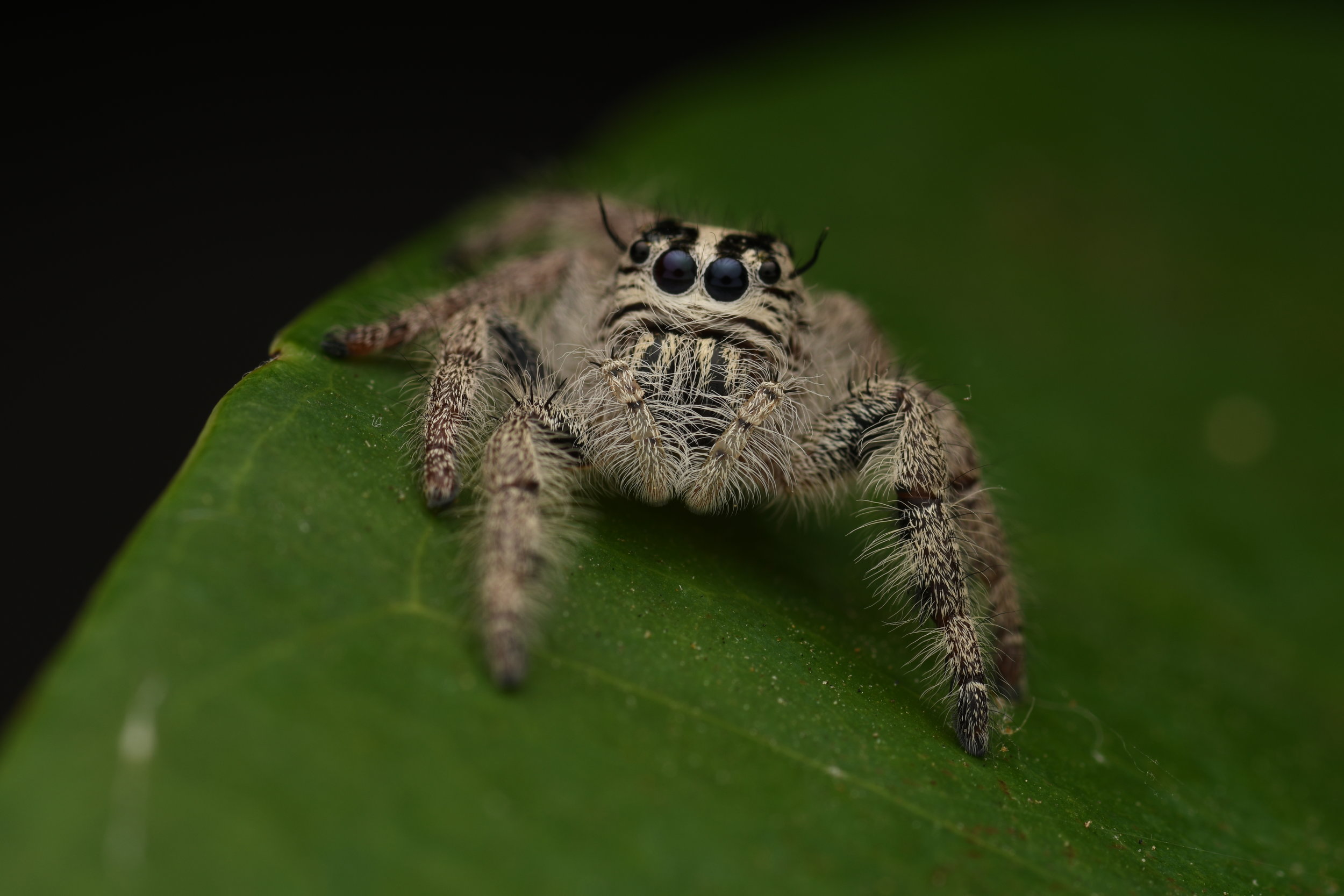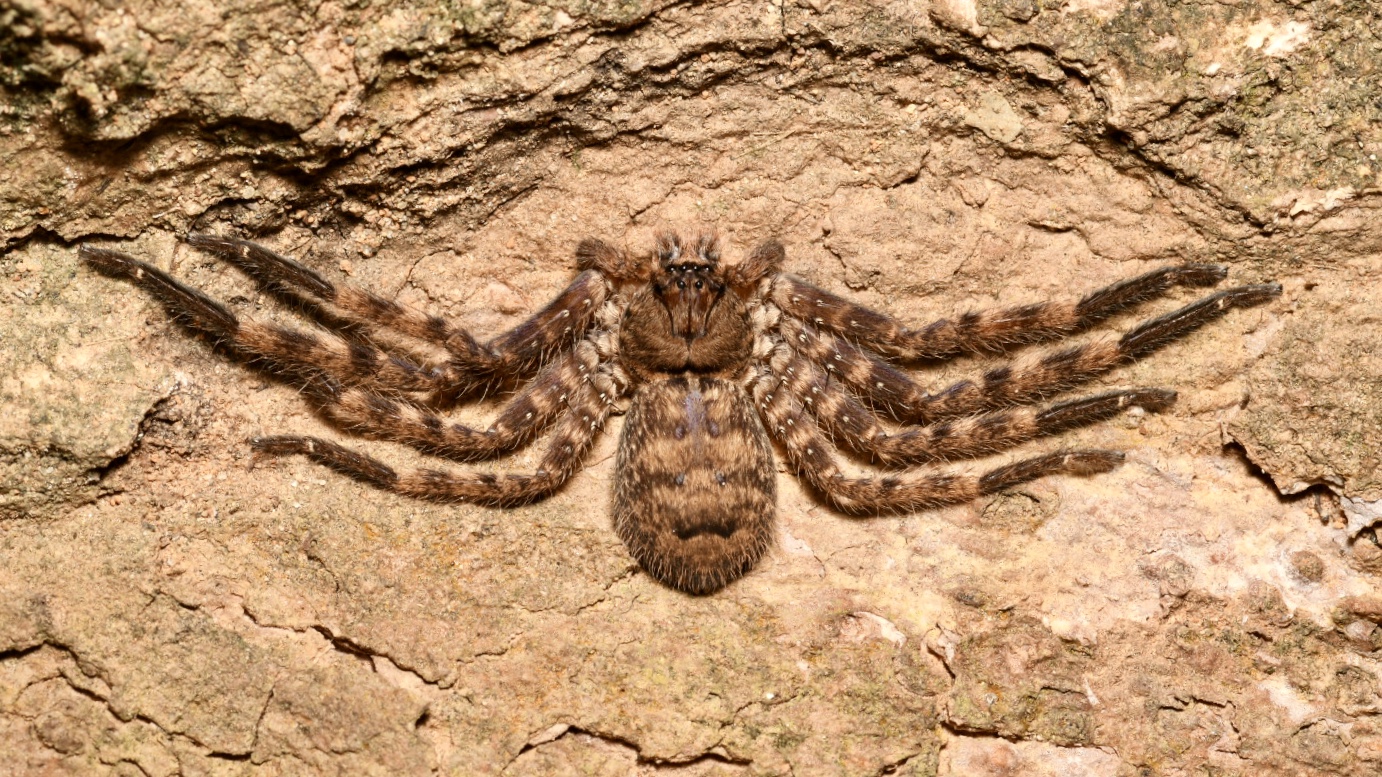Part I: The Beginning
First day of March. Almost a week since my return to the San Simon Valley and Chiricahua Mountains. Thursday, the 21st of February, I left Hoffman Estates, Illinois early saying goodbye to my bonus dad Joel and his miniature dachshund Buddy. It was Buddy’s first birthday, an occasion that I had celebrated the night before with Joel and my sister Lisa. The golden prince I had come to call everything from Butterscotch to Snickerdoodle received many gifts. The beginning of my trek was emotional as I enjoy Joel and Buddy and was already missing them. Joel puts Bud in doggy day care while he is at work so during my winter stay I watched Buddy all day instead. The playful and affectionate pooch and I were the masters of Netflix and chill.
After ten hours driving time, south through Illinois and across the Mississippi River at St. Louis, then west across Missouri into Oklahoma, I stopped for the night in Tulsa. I had driven 695 miles. After a restless night in a dingy motel room, I began another ten hour drive to Albuquerque, New Mexico. 663 miles. That left me only a 360 mile Saturday morning jaunt to Rusty’s RV Ranch north of Rodeo, NM where my Wheelhouse had again been stored for the winter. When I left the Interstate and headed down Highway 80 through Granite Gap and saw the Chiricahuas and the southern Peloncillos I was amazed by how beautiful and snow-covered they were.
I decided to spend the first night back in my swank pikey quarters at Rusty’s so I could de-winterize the plumbing and begin the task of unloading, unpacking and organizing everything. Sunday morning I was ready to move back into the mountains and my homestead at the US Forest Service corral where the mules and horses would greet me. I stopped at the VIC when I saw that Mike who runs the place and is Vice President of Friends of Cave Creek Canyon was parked in front. After a warm welcome and meeting two of the four new hosts who have staffed the VIC for the beginning of 2019, I walked up to inspect the corral. It was a mud bog. Recent rains and snow had left it wet and mucky. In retrospect, I wish I had waited another day for it to dry and arrived earlier when the morning freeze would have made it hard, but nevertheless I walked back down to my rig and proceeded to four-wheel it (eight, actually) into corral. Thus began a slippery and arduous process of shoe-horning 54 feet of rig into a soggy space. I never could get the Wheelhouse perfectly positioned and will likely move it a bit soon, but at some point I gave up and then spent a couple hours trying to rake the ruts I had created.
After setting up the trailer as best as I could under the circumstances, trying to level it, putting down the stabilizers onto blocks that sank deep in the muck, and connecting power. I turned my efforts to the inside. Then my last task was to connect to the water supply, which is a series of hoses that connect to a spigot at the horse watering trough. That is when another unwanted adventure began. The old hose was leaking everywhere, brittle from the cold winter and trod by half-ton mules. I replaced the first section that was spraying water everywhere, reconnected, and then discovered more leaks downstream. So I had to go down to the VIC and borrow lengths of garden hose and replace the entire length that I assume has been there for years. I’ll have to buy a nice industrial strength 100 foot hose on my next trip to civilization.
That first night I had dinner with Mike and his wife Cecil in their lovely home with the most spectacular view of the canyon. The next two days I had a bit of a head cold and mostly worked around my camp, further organizing and cleaning everything. I did make my first drive down to Douglas to get groceries and supplies. I had bought a few provisions when I passed through Deming, NM on Saturday, but I couldn’t buy much as I had little space in my truck and didn’t want to leave my traveling companion Jesse in the cold truck.
That leads me to a sad part of this tale. Unfortunately, my now 28-1/2-year-old Dusky Pionus parrot Jesse is now showing her age and decline. She had had a couple of what I thought might be seizures back in September or so, but seemed no worse for the wear afterward or by the end of my 2018 stay other than being underweight. She had been tenderly cared for here in Portal for the week at the beginning of December while I was traveling with Brent Hendrixson by my friend Carol who has great experience with parrots, and she did her best to try to put some weight on her. Jesse seemed fine during our travel back to Chicagoland. Because I was staying with Joel and he now had a dog, I set Jesse up in the basement where I stay. She became less active and didn’t seem happy down there, but I didn’t really see anything wrong health-wise and she ate and chewed her toys. When I returned from the airport after my trip to Malaysia, however, Jesse was at death’s door. I found her lying on her side at the bottom of her cage with no balance/equilibrium. It was as if she had had a stroke and I thought back to what I thought had been seizures in August or September. She was very underweight. Feeling horrible from travel and jet-lag and two days with only sporadic airport and airplane sleep, I was crushed and unsuccessfully fought back tears as I looked on my phone for a vet who might put her to rest. It is only because I was in such bad shape that I didn’t have her euthanized, and after laying with her for hours I began to try to nurse her back to at least some peaceful state while I fought with the idea of giving her final peace. A 29-year-old Pionus must be like a 18-year-old dog or a 100-year-old human. Miraculously, she improved every day. Her balance was off and she would sleep with her beak holding the cage bars to keep her upright, but she moved about and continued to eat and play. That is where she is now. I have left her in her travel cage for now so she doesn’t have the big cage to fall in. She occasionally climbs out of the cage and onto the top of the travel cage, something she couldn’t easily do with the fancy playground on top of her regular cage. I have some “recovery formula” bird foods to try with her and she is eating a great deal. As with any pet, I evaluate quality of life. If she declines and seems unhappy or in pain I will make the difficult but correct choice.
But onto happier matters … tomorrow I will host the VIC for the first time since late November when the Friends of Cave Creek Canyon through me the wonderful surprise party attended by at least two dozen people and presented me with the “Volunteer of the Year” award. While I have been gone more improvements have been made to the VIC interior and I look forward to staffing it on Saturdays and Sundays during March. The past two days I have started what will be daily hikes, both for pleasure and much-needed exercise. After a sedentary Chicago area winter, which other than my trip to Malaysia was spent watching Buddy during the day while watching television, and eating fatty Chicago delicacies and sweets for three months, I am back to dieting and hiking. I hiked two miles each day and will work my way back up to longer and steeper trails. Yesterday the daytime temperature reached the mid-60s and I actually saw some active lizards and spiders and insects. Today I will hike again, although I am really anxious to move the Wheelhouse to a better position, wash the mud that is caked on the wheels off and really get everything organized and clean before my weekend at the VIC.
I am not sure that this blog will actually be posted today, March 1. Since before my arrival the VIC internet service has been down. A local gentleman has been working to improve the system and there are issues with reconnection. Our internet also operates a Verizon Wireless booster that allows me to use cell signal. So, am effectively off-grid and have been driving to wherever I can ‘borrow’ some WiFi or acquire cell signal. But the bigger problem is that my laptop screen doesn’t work and I now have to use an external monitor. Another of today’s projects may be moving computer and monitor into my truck and going to where I can get WiFi. Thankfully, I have an AC outlet in my truck so I can plug the monitor in. I have other things to do online such as submit a revised version of an article I have written for the next issue of the Journal of the British Tarantula Society. Watch for that article, "American Mountain Endemics Revisited: Field notes on Aphonopelma catalina with an update on A. chiricahua, A. marxi & A. peloncillo", in a few months.
Finally, I was contacted by a reader of this blog who has issues with vision about making an audio or Podcast version of this blog or perhaps even my published articles. I have long thought of doing a podcast, but always felt like I would need a partner to interact with, don't like the sound of my own voice, etc. However, I personally listen to podcasts and enjoy being able to take in content while I can't be reading, such as when driving, or doing housework/cooking, etc. The idea of creating audio files intrigues me. The same reader supplied me with links to a few free services that convert text to speech so I wouldn't even have to dictate or use my own voice, but perhaps I might try a different solution. As always, I welcome comments and feedback. Feel free to comment below or email me at m.a.jacobi@icloud.com about this subject or any other. I'd really like to know more about who is reading this and what is liked and disliked. Thanks.
Part II: Saturday, March 2, 2019
Snake chasing and spider wrangling. I imagine that’s what many readers are interested in. I realize that Part I of this entry is a bit “Dear Diary”, containing emotions and such. Have no fear. Please keep returning and reading. Yesterday my truck thermometer registered 76 and it won’t be long until creepy crawlies, birds, mammals and other fauna dominate my writings.
I did mention that my second day of hiking included seeing spiders, insects and lizards, in addition to various birds and mammals. The lizards were young Striped Plateau and Yarrow’s Spiny Lizards. I didn’t see any adults; just last autumn’s hatchlings. It is incredible how these tiny baby lizards can survive the winter’s cold, and I suppose not so surprising that they are among the first reptiles out seeking the warmth of the approaching spring. It won’t be long before I see my first snake.
When I descended from the Interstate (I-10) at Road Forks, just short of the Arizona border and headed down towards Rusty’s RV Ranch one week ago today, one of the first familiar desert animals I encountered was the Greater Roadrunner. I have a great fondness for this speedy roadside bird, despite its love for eating lizards and snakes. I have seen a good number since. The next morning when I moved into Cave Creek Canyon, I visited Cave Creek Ranch to pick up packages waiting there for me and saw my first hummingbird of the season, a Rivoli’s (formerly known as Magnificent). This species and the only marginally larger Blue-throated Hummingbird are the United States largest hummers, bulky enough to be year-round residents. That evening when I had dinner with Mike & Cecil, I saw another Rivoli’s or “Mag”, and would finally see my a Blue-throat the following day. My second day here when I was driving south on Highway 80 towards the border town of Douglas, AZ to go shopping, three Pronghorn dashed out in front of me and evasive maneuvering was required. The fence on the other side of the road detained them briefly and I grabbed my camera, but they had by then moved into the distance enough to only permit a poor photograph.
Another mammal I encountered within the first two days was the Javelina or Collared Peccary. A group of about a half dozen slowly crossed Portal Road ahead of me. And, of course, our little Desert White-tailed or Coue’s Deer is common throughout the area and visit me and the mules and horses at the corral with regularity. As I sit here typing this during my first shift at the Visitor Center (VIC), Acorn Woodpeckers and both Rivoli’s and Blue-throated Hummingbirds keep visiting our feeders. Mexican Jays dash from tree to tree and hop across the lawn.
As you’ve guessed by now, this entry became a multi-part saga due to continuing lack of internet and cell service. After typing Part I yesterday, I did completely “break camp”, stowing everything inside my Wheelhouse, bringing the slide-outs back in, disconnecting power and water, lifting the stabilizers, and re-hitching to my truck. I wanted my home-on-wheels to be positioned more perfectly, in the exact footprint it had last year. Not in the haphazard slide-across-the-muck way it had been since my arrival. Then I reversed the process, spending the entire day organizing and cleaning everything again. I never made it out to the trails, and now have two days at the VIC before I will return. Maybe I’ll have internet soon …
Part III: Sunday Funday, March 3, 2019
Day 2 at the VIC. We are opening at 8 instead of 9 now, something I advocated all last season, at least during the busier times. I’m an early bird so I actually was ready to go at 7:30 and I had five visitors before 8. It’s now 8:20 and the temp is 44F. It will warm quickly as the sun gets higher. Yesterday the new fancy weather station that was installed at the VIC this winter while I was gone recorded a high temperature of 77F here at just under 5000 ft. elevation. Later in the afternoon the wind became gusty, with mostly southernly winds peaking around 22 mph.
The first hummingbird of the morning just arrived. A male Rivoli’s or “Mag” that perched on one of our mini saucer feeders. Just before him was an Acorn Woodpecker enjoying the same sugar-water nectar as the colibri, but from the larger saucer that can support the mass of a nine-inch woodpecker. In the last ten minutes the temperature climbed from 47F to 56F and more hummingbirds have visited the feeders including the first Broad-tailed I have seen this year. Another visit was from Wanda and Biggie. Wanda and her husband Dave are one of the two host couples that have staffed the VIC since the 1st of the year and will be here until the end of March. Biggie is their four-year-old, nine-pound “Chorkie” (Chihuahua x Yorkie or Yorkshire Terrier). Having him around has helped me with missing the ten pounds of terror that is Joel’s puppy Buddy. The couple staying at the Portal Bunkhouse, which is between the VIC and my camp at the corral, have two Labrador Retrievers, a golden puppy and a brown old boy. They came to meet me yesterday as well.
Part IV: March 4, 2019
I am pulled off in the desert, with a 20-inch monitor on the passenger seat, laptop on console and WiFi supplied by my iPhone's Personal Hotspot. This morning was my first drive to Willcox for a full grocery shop and I hauled my laundry with. I'm on my way back now, 45 minutes from camp. At 4 pm I am having chicken enchiladas at Dave and Wanda's camp with the other hosts Duanne and Ann and whomever else.
Finally this series comes to end. Cheers, MJ

